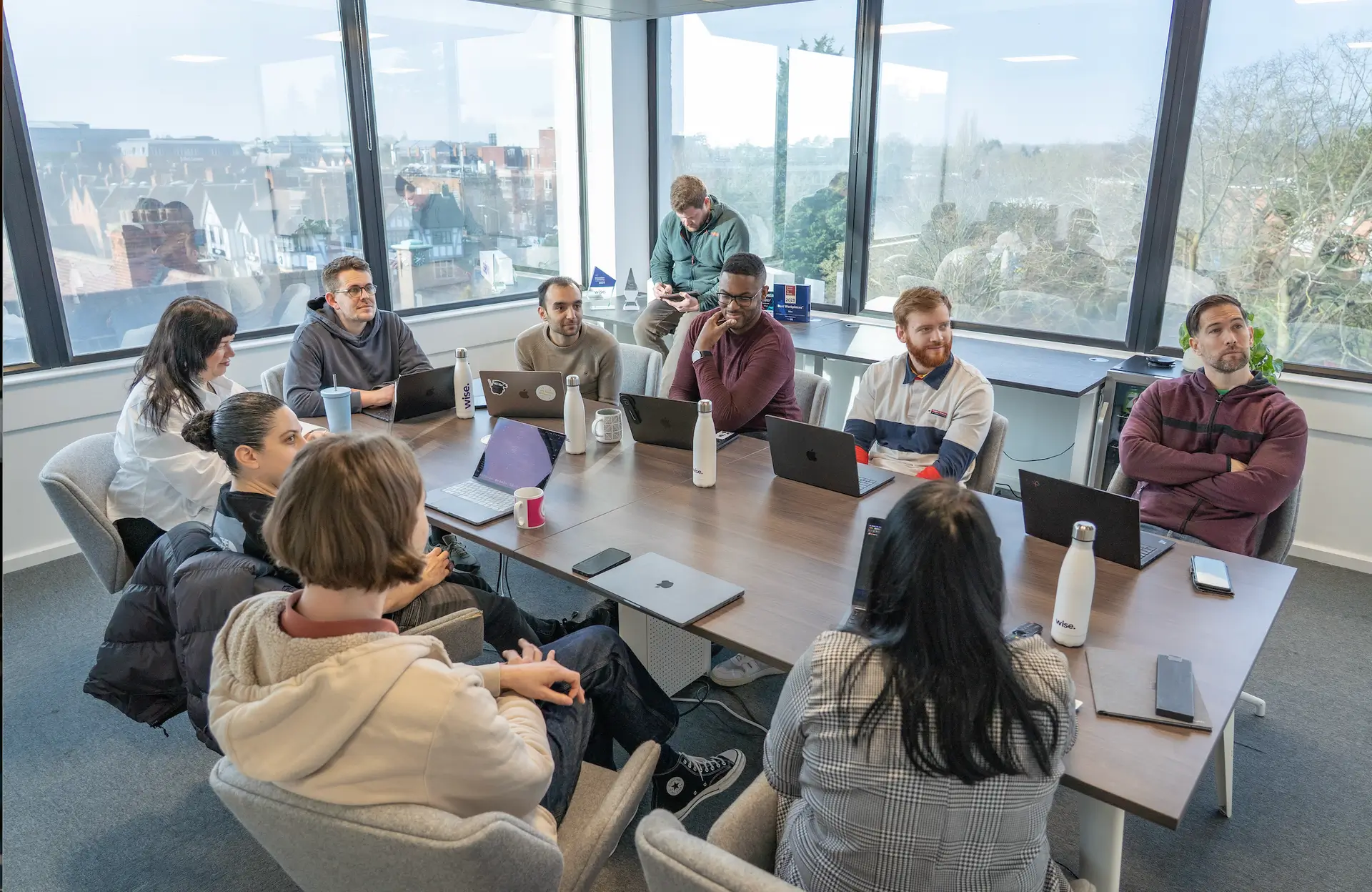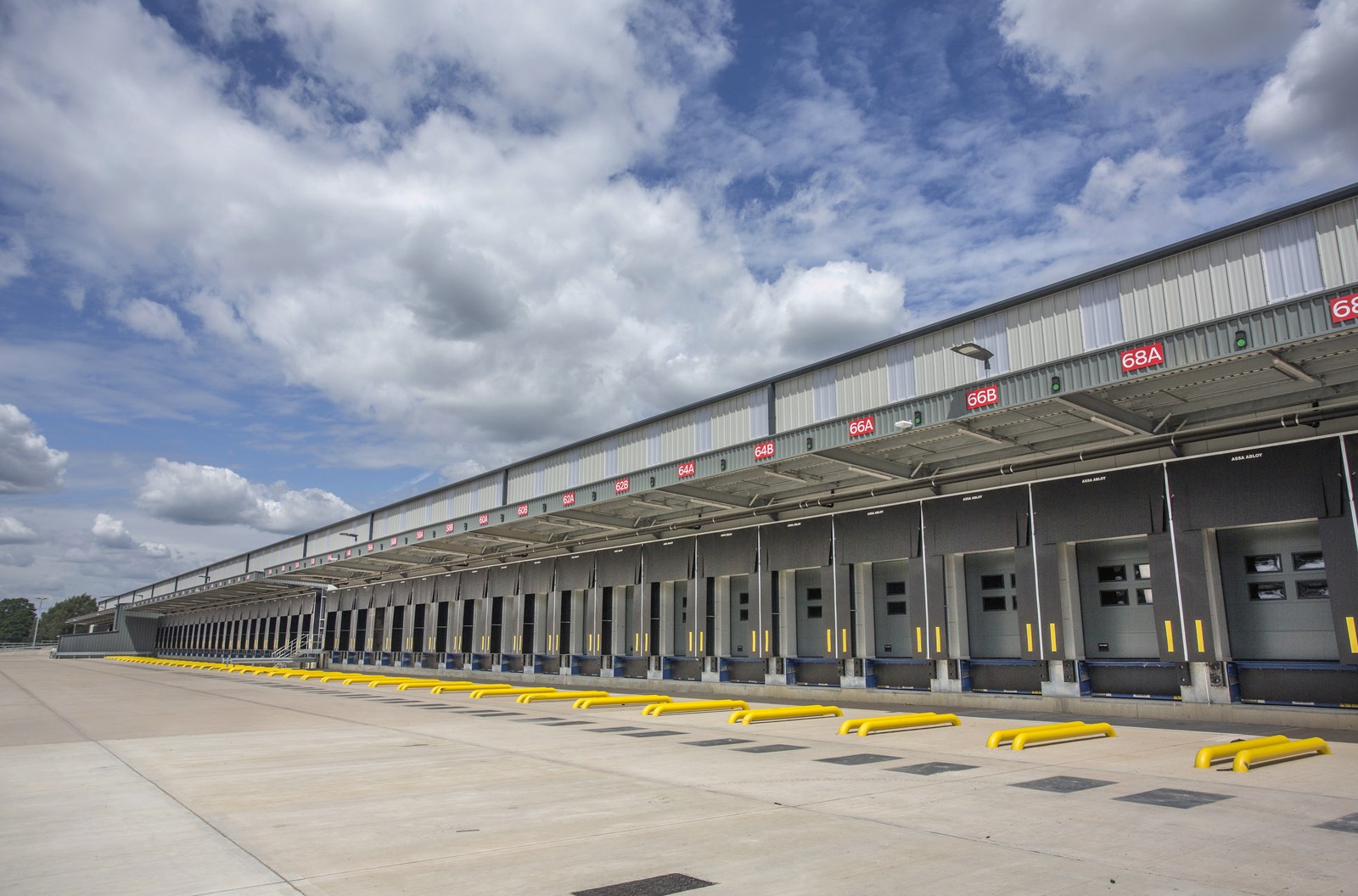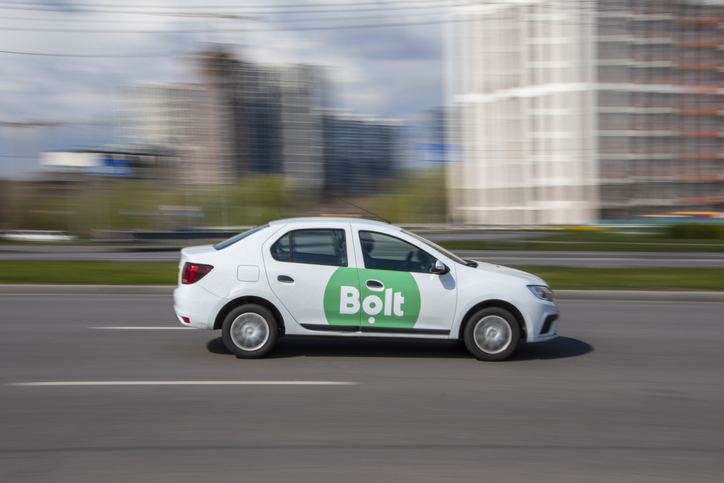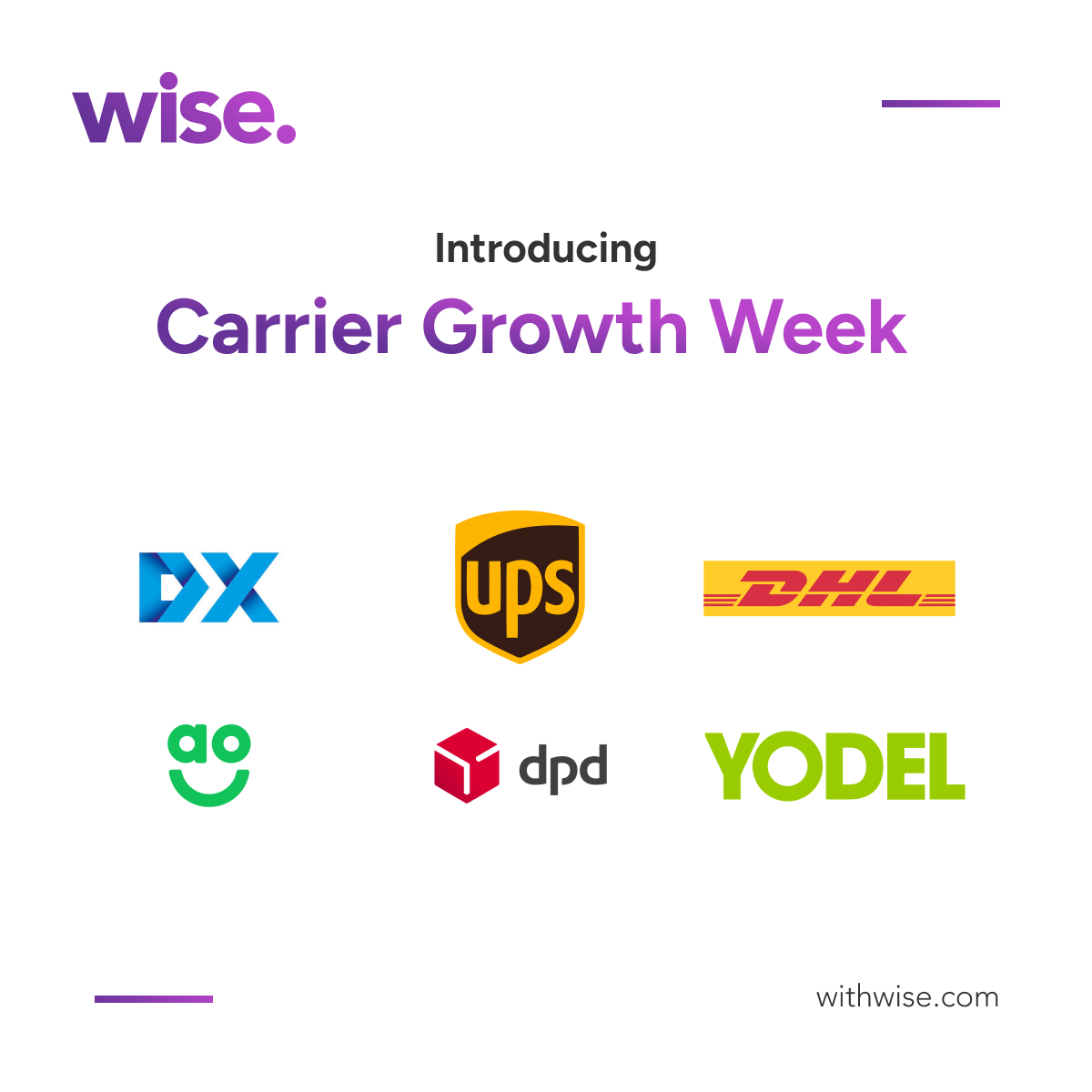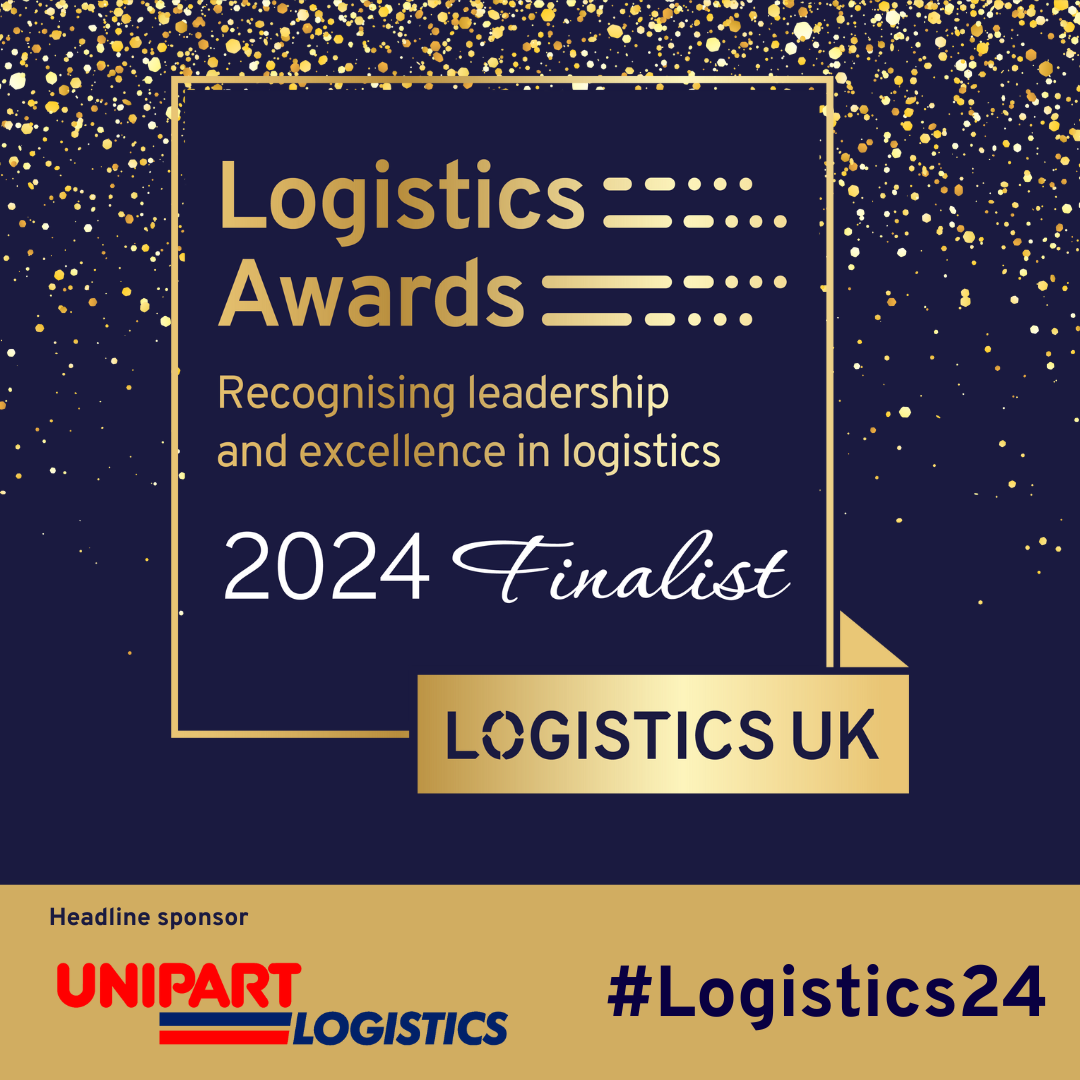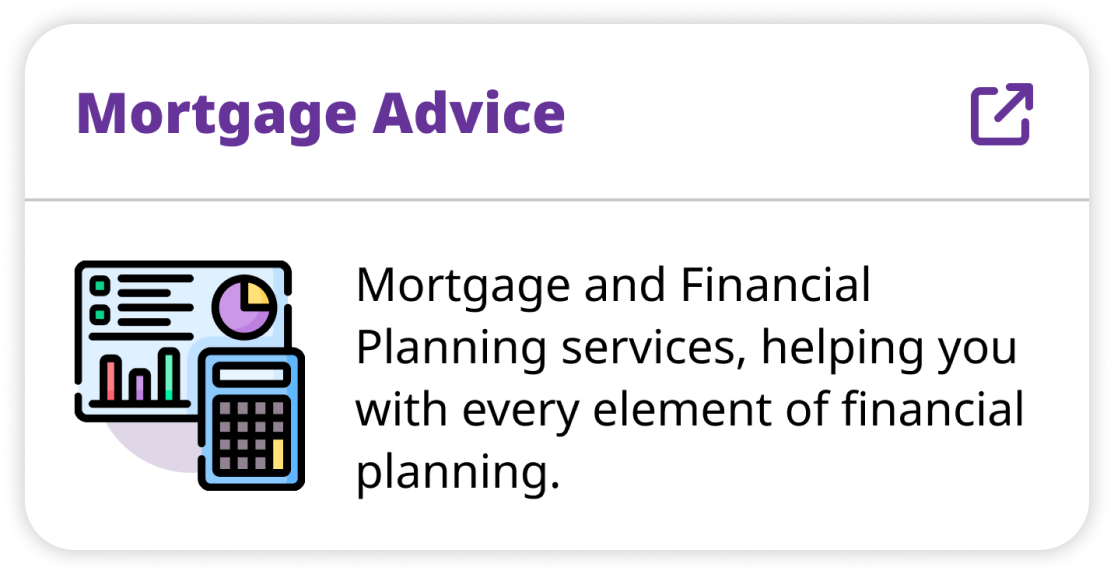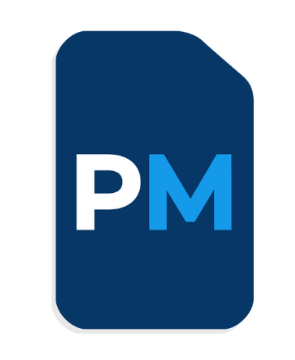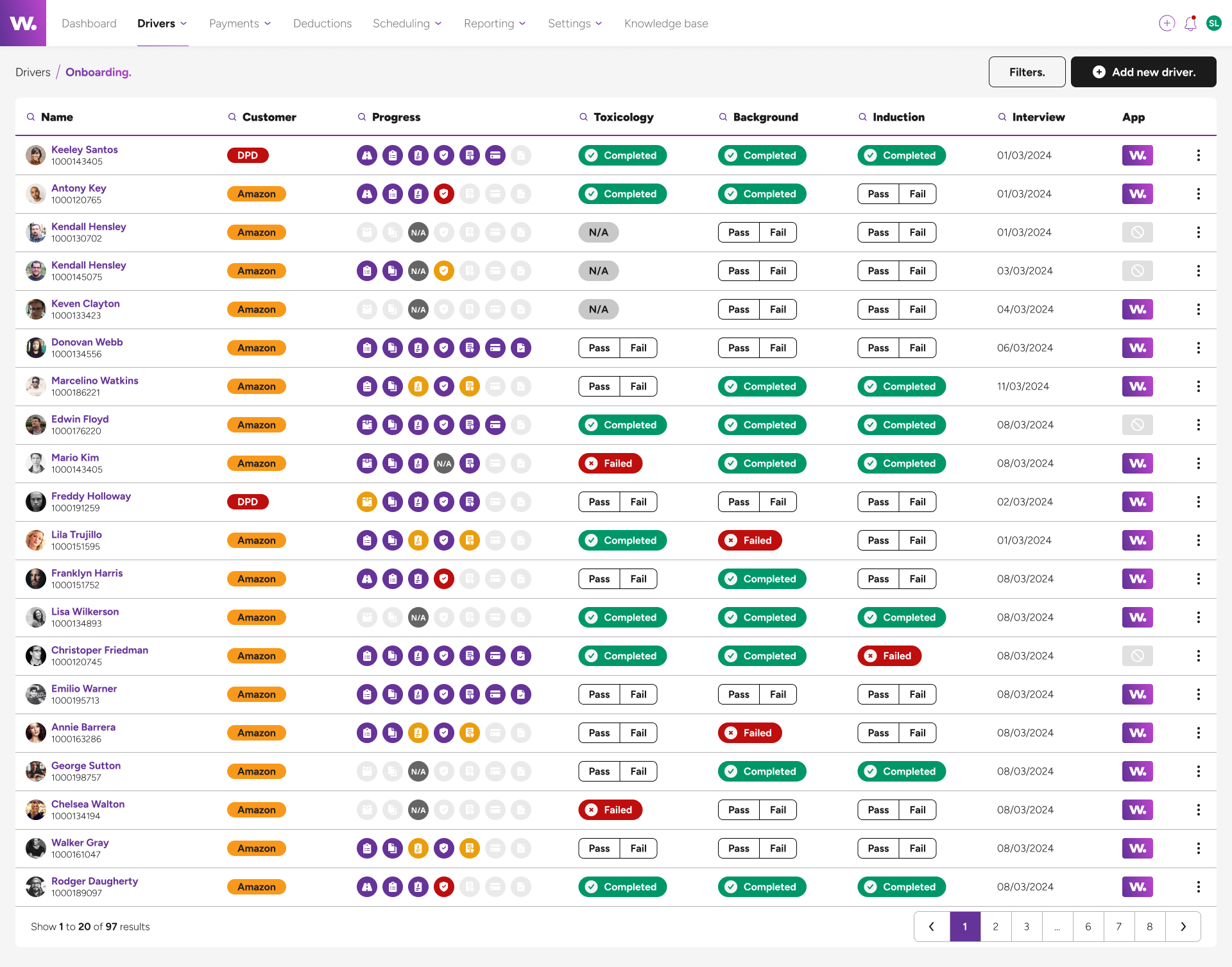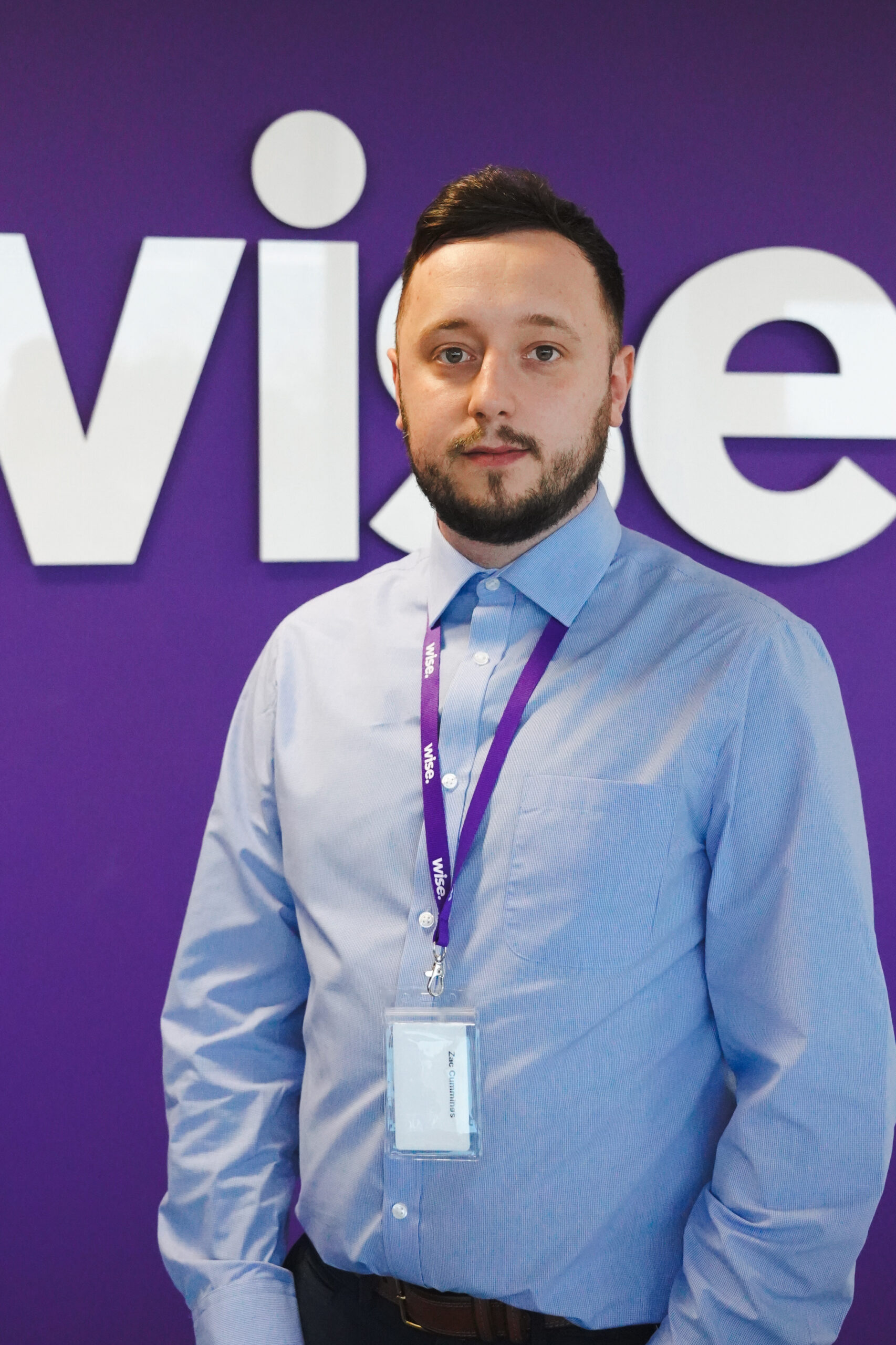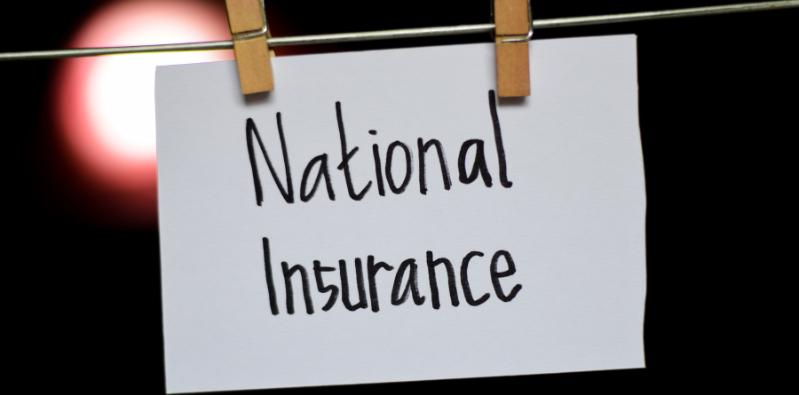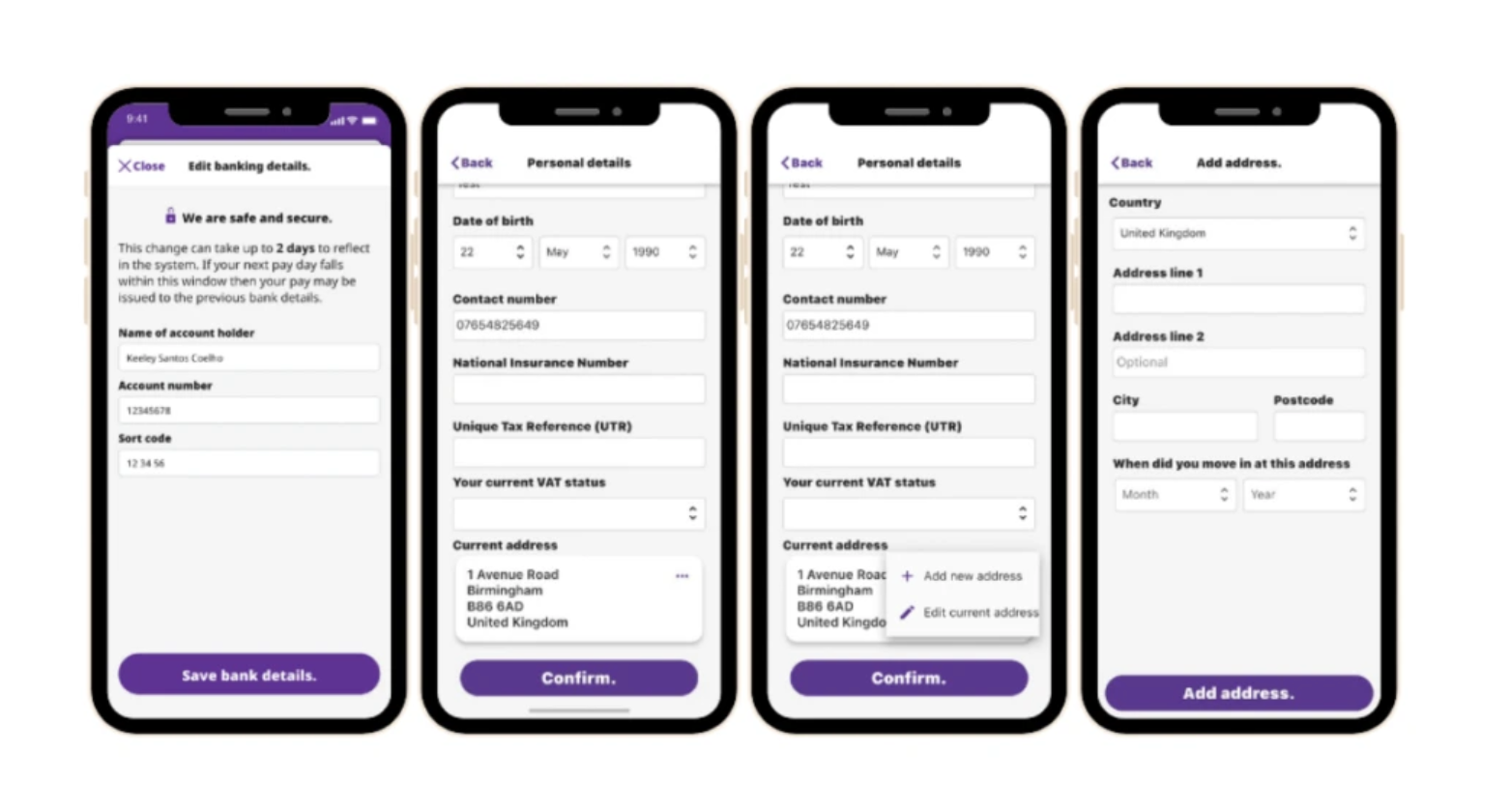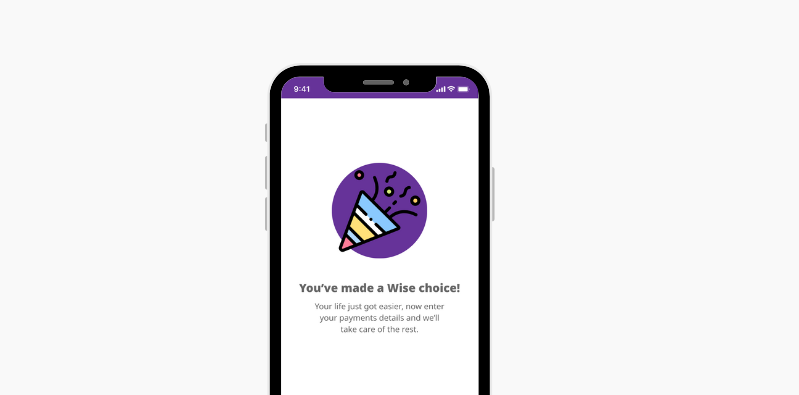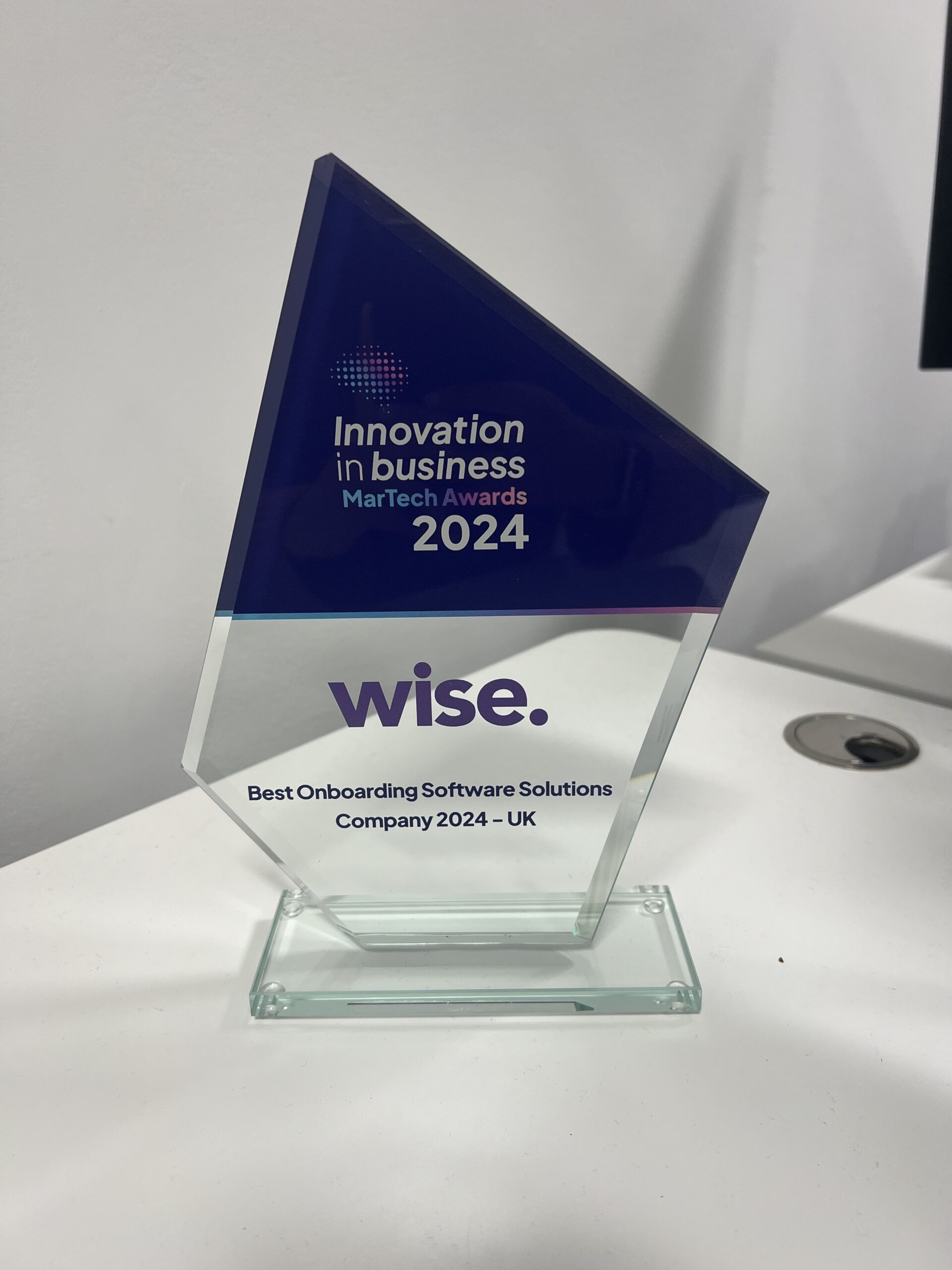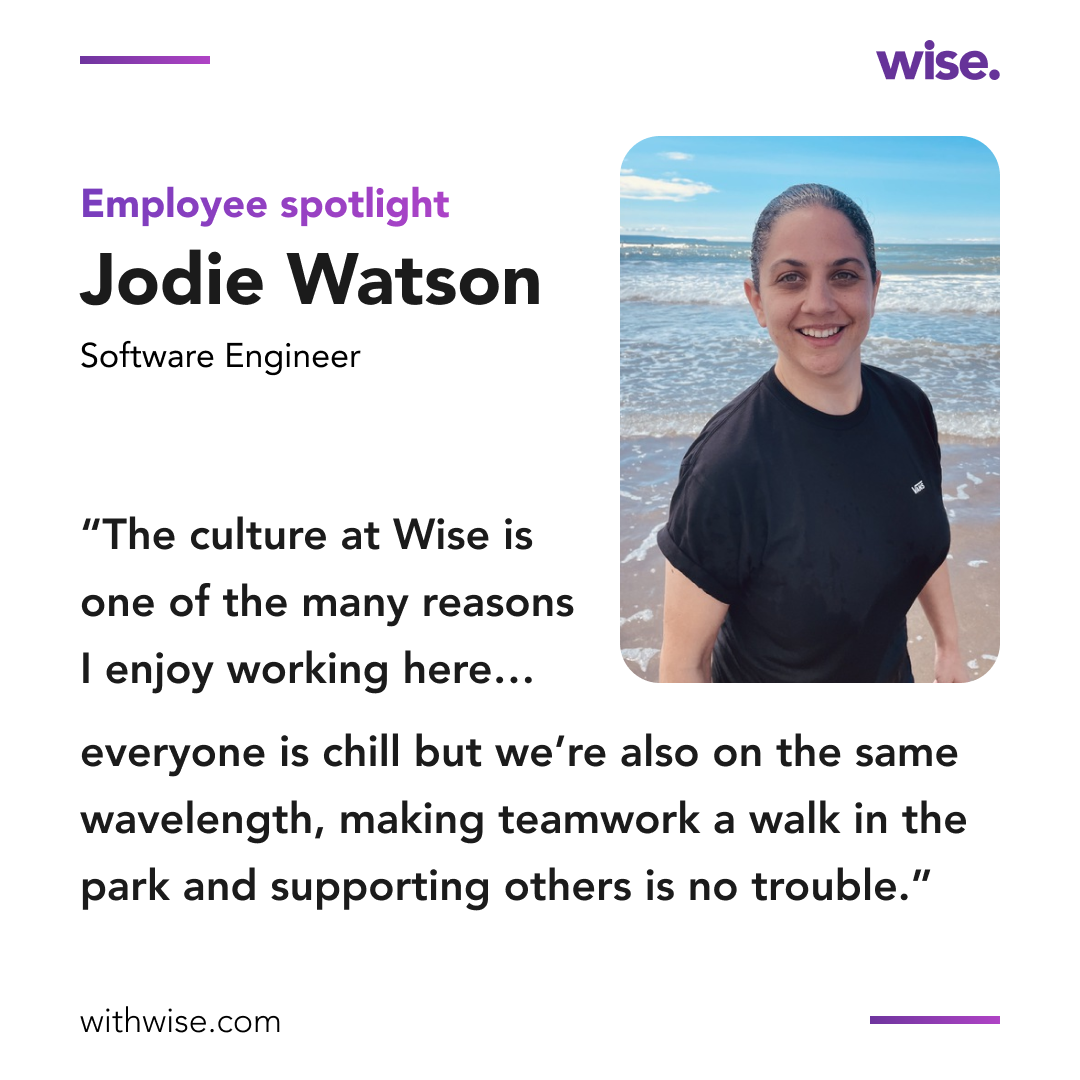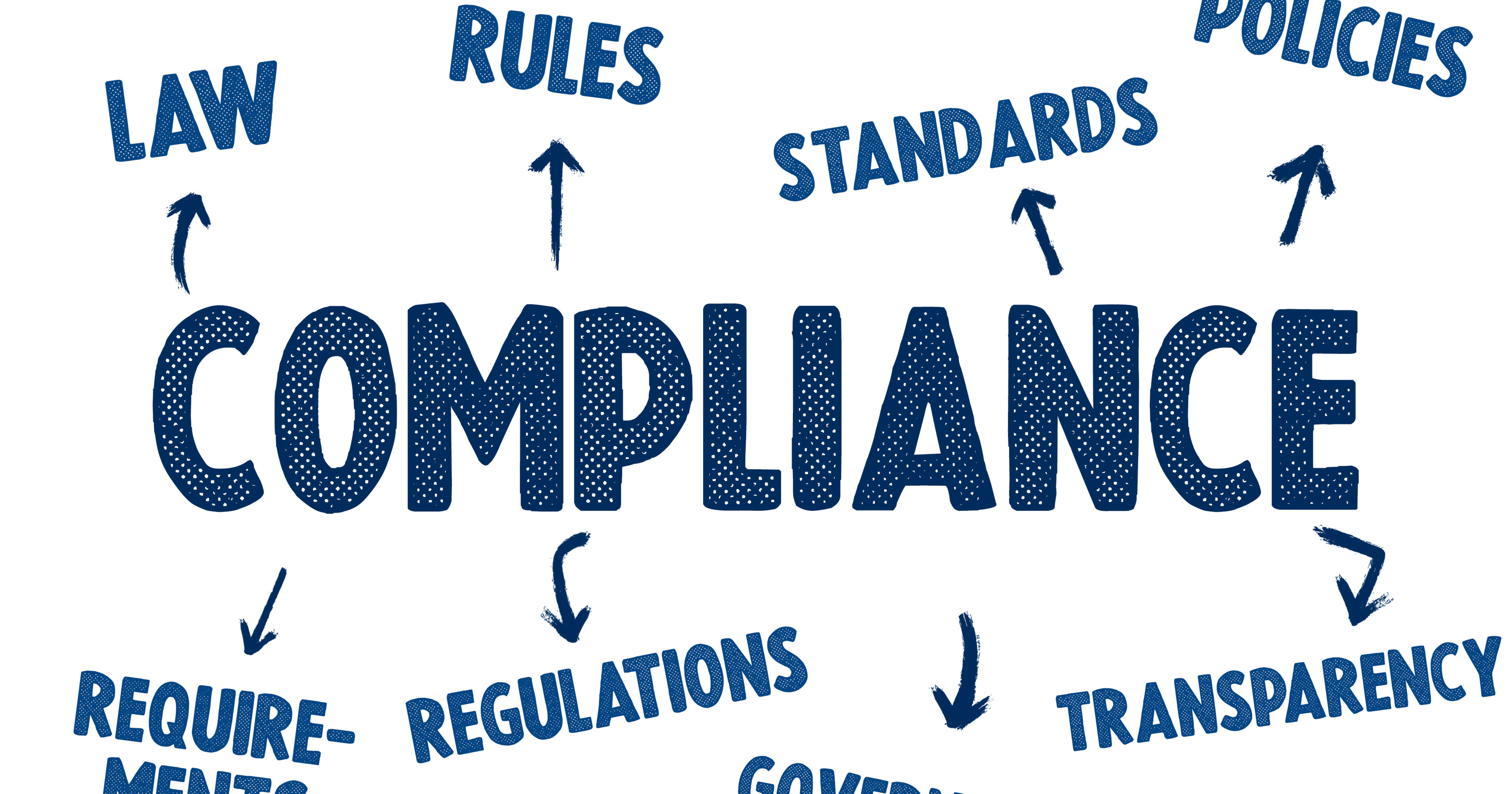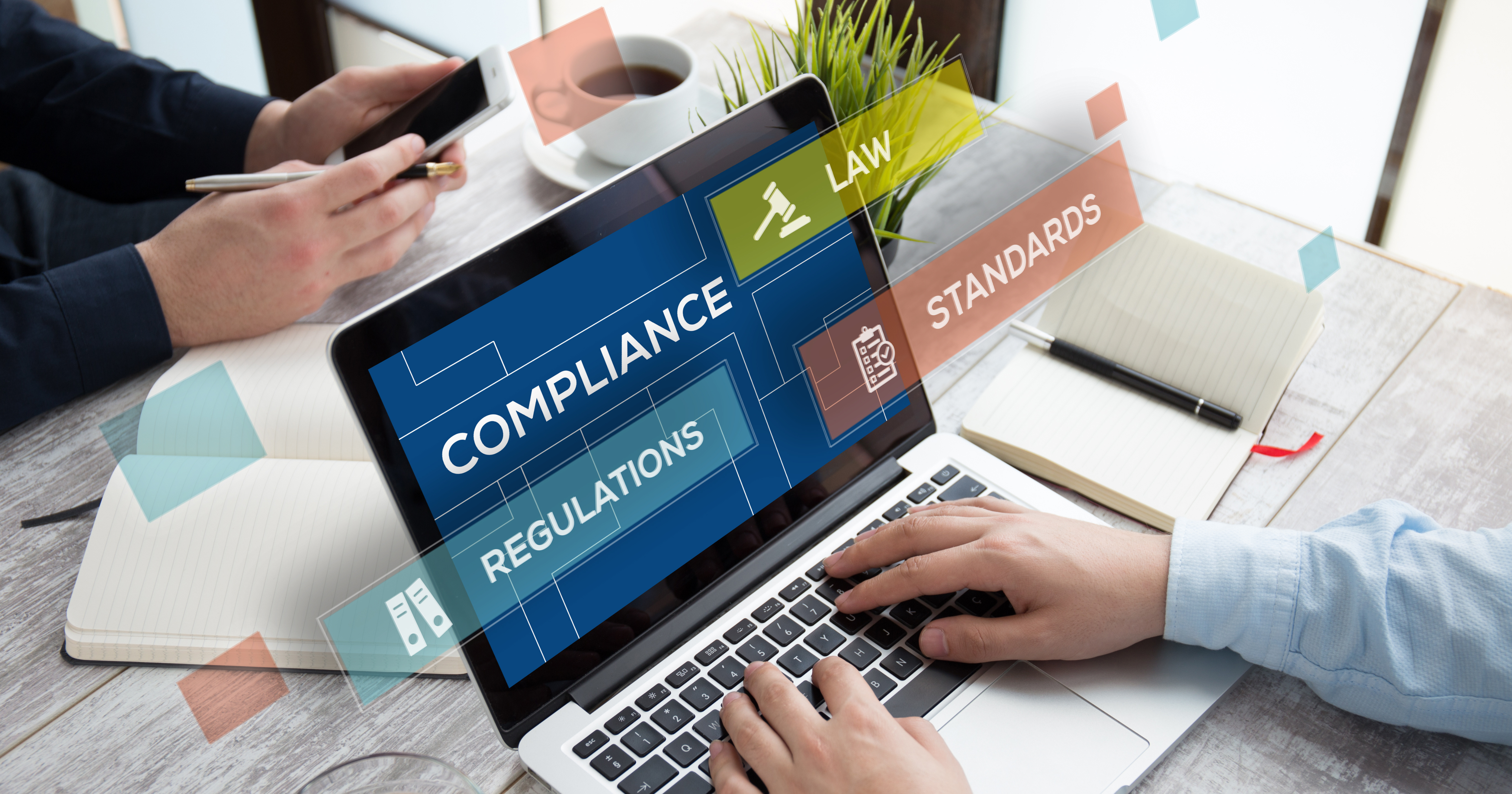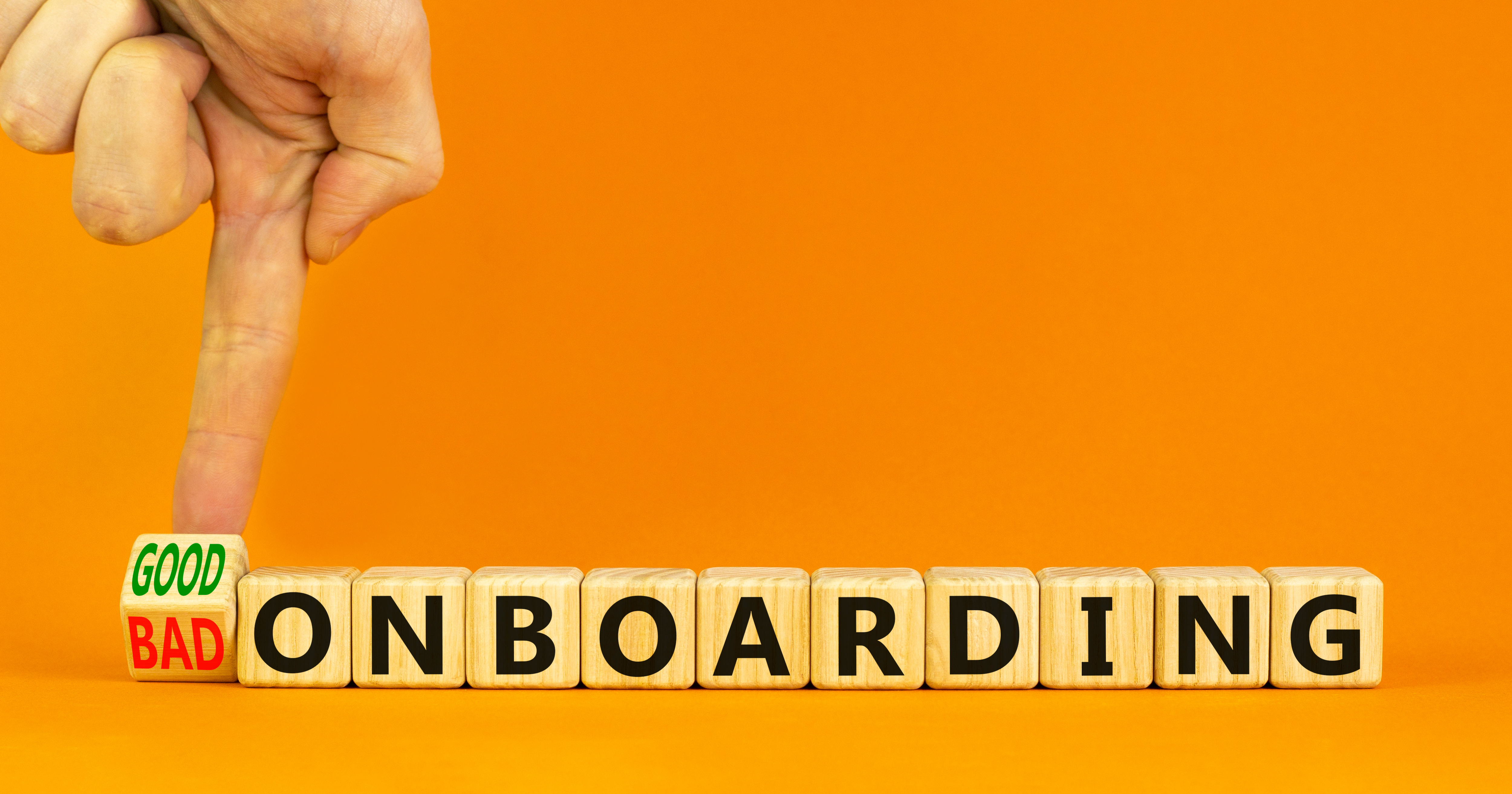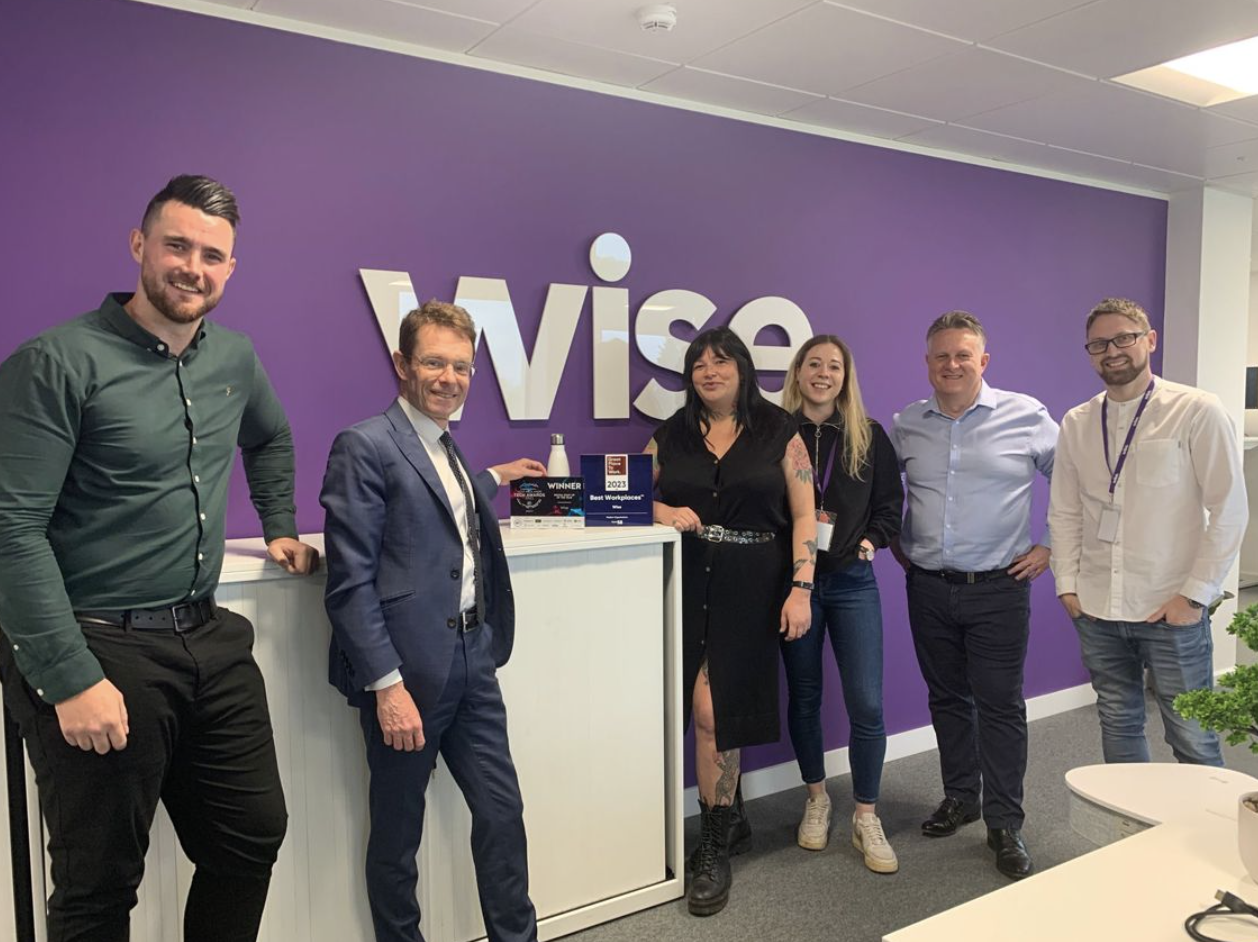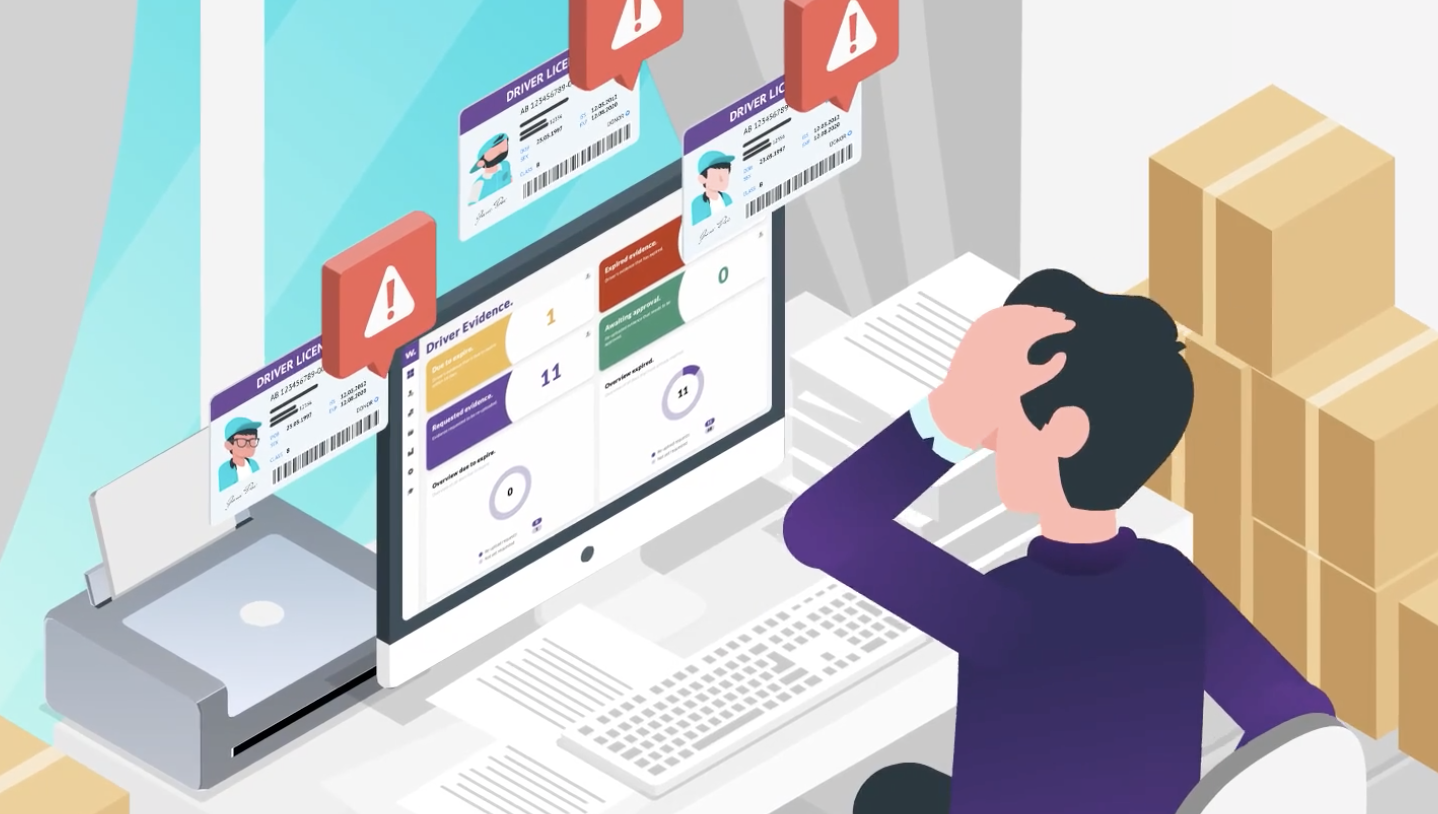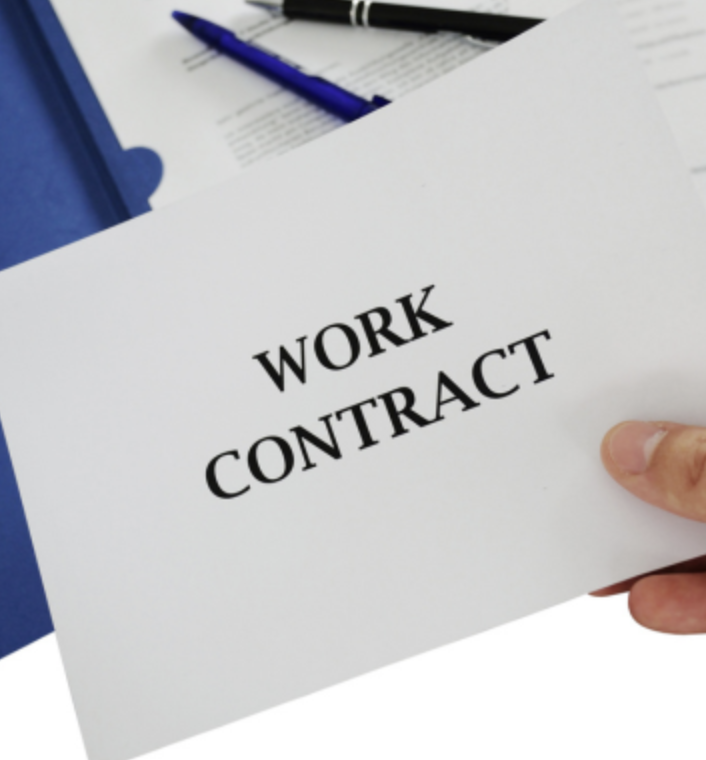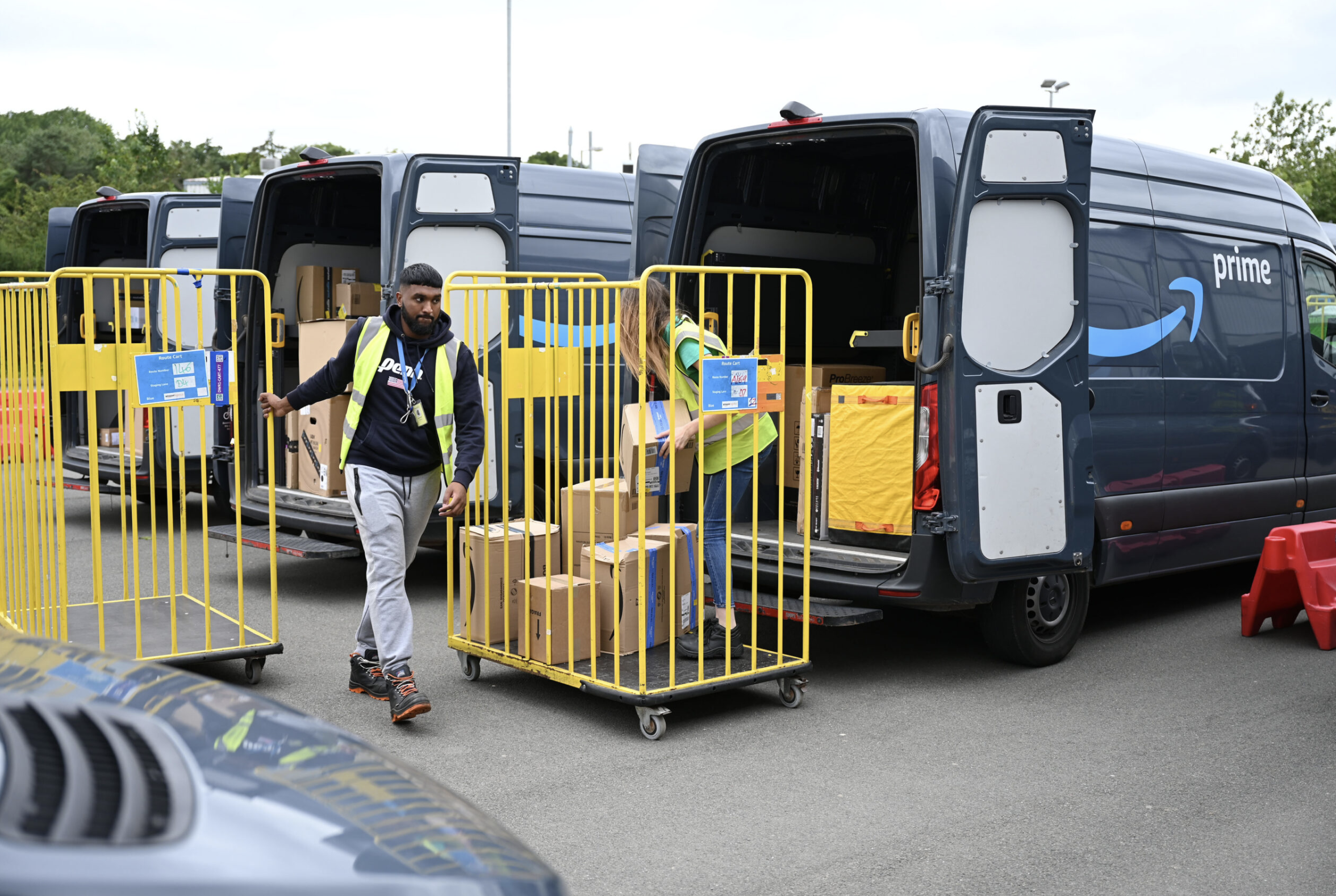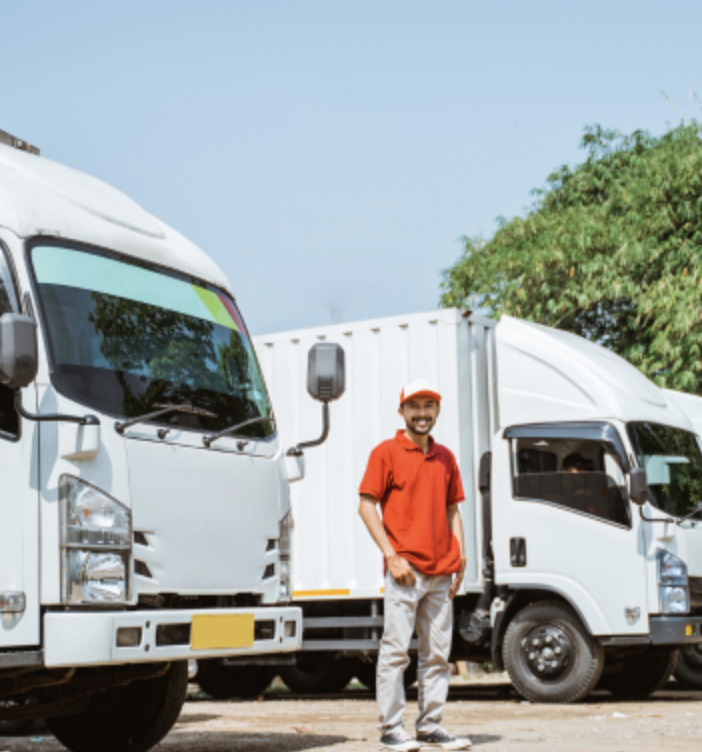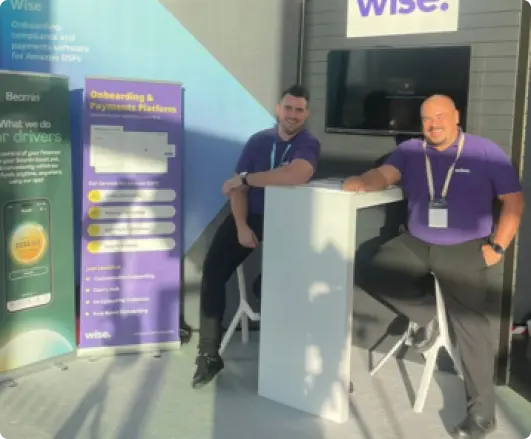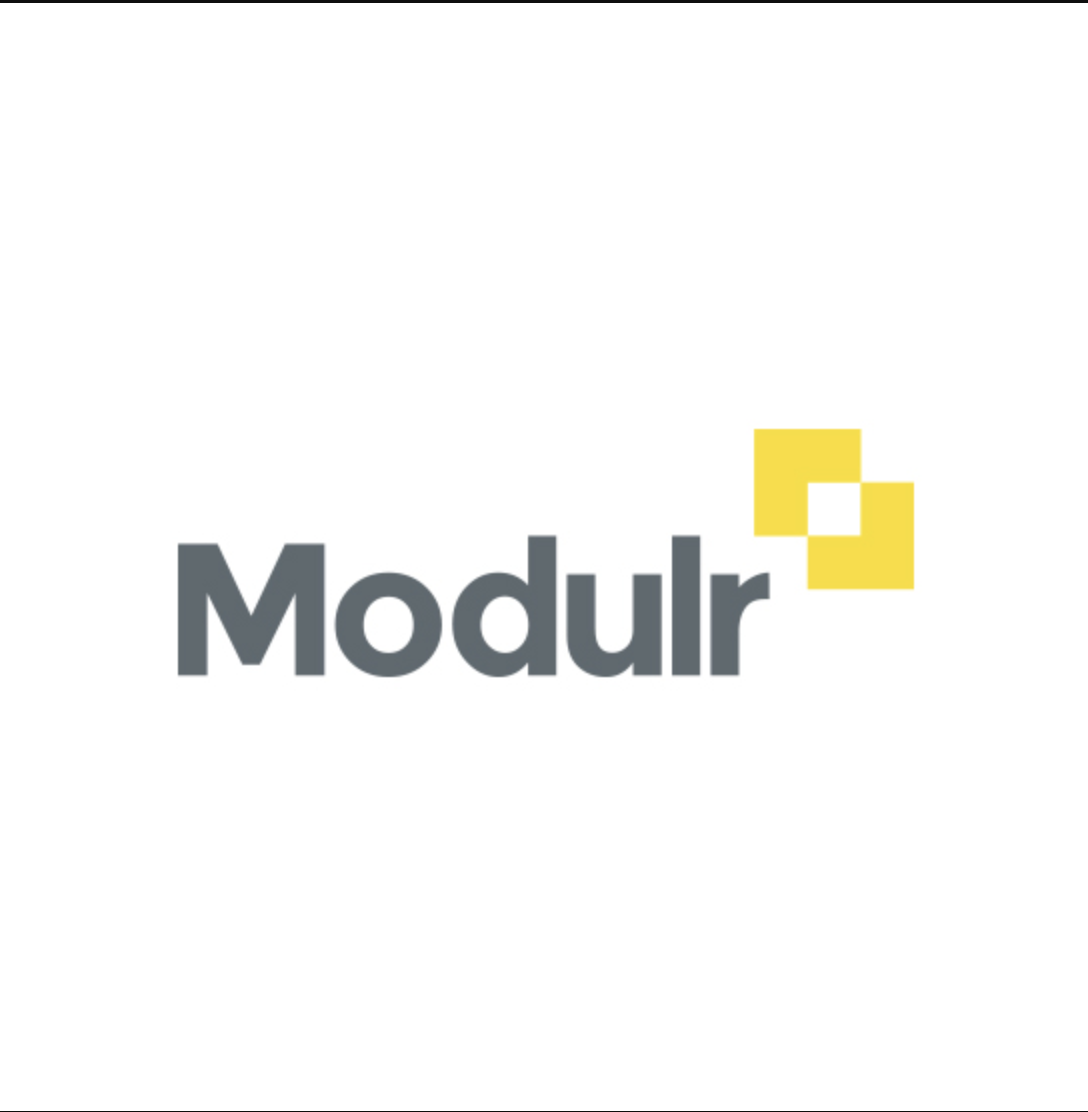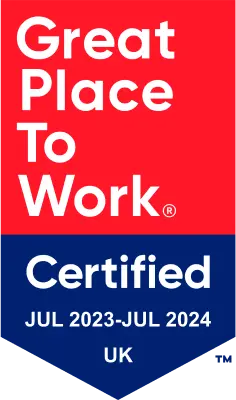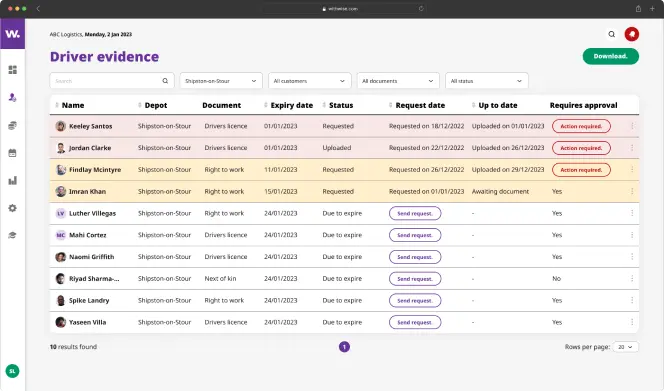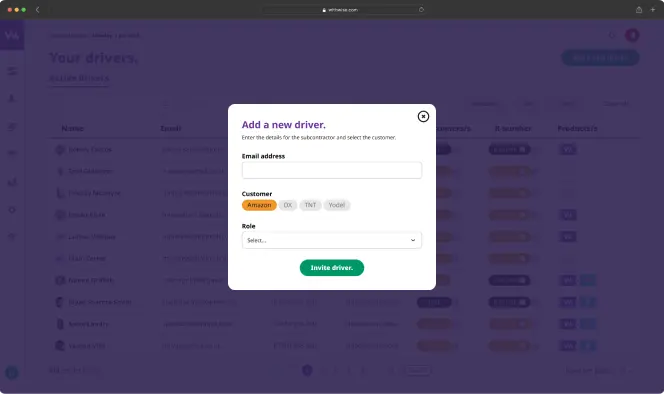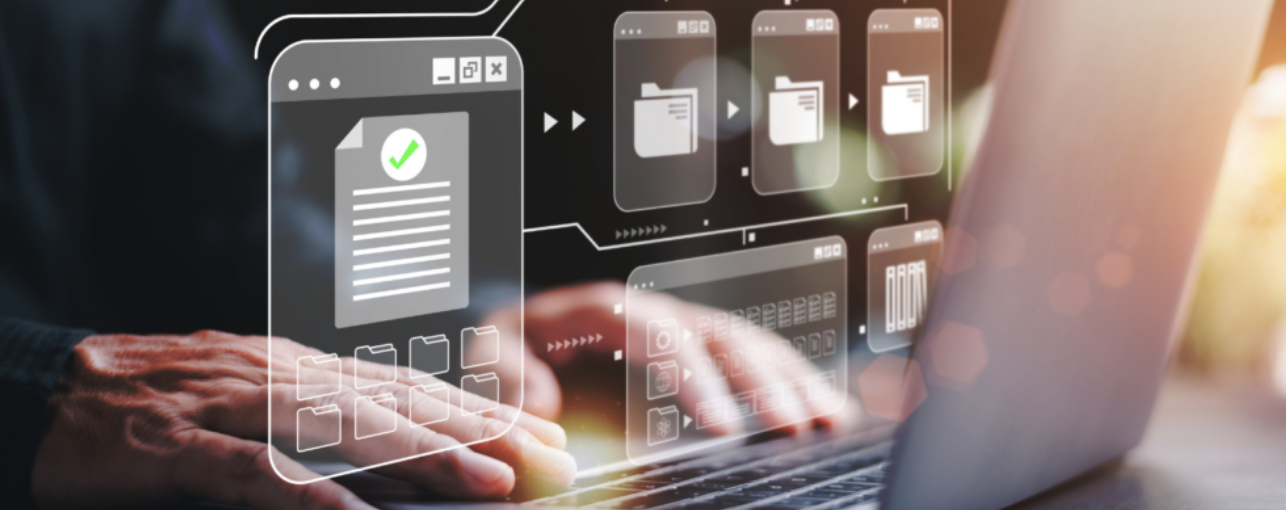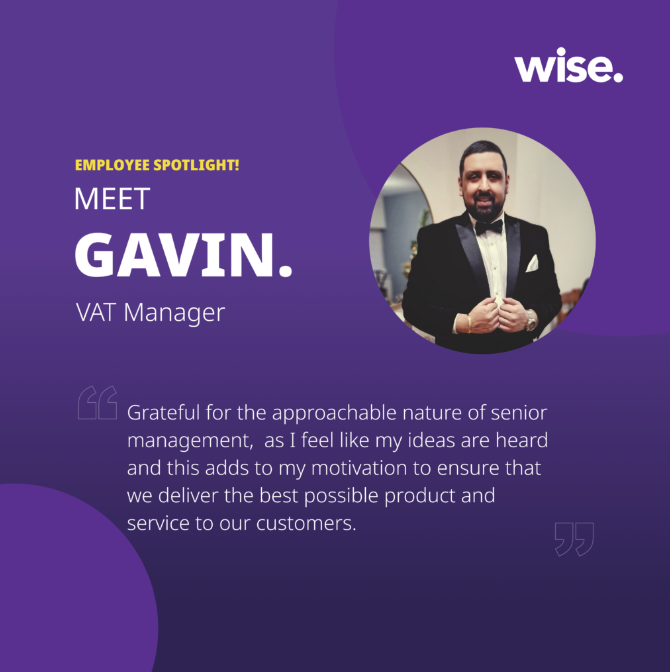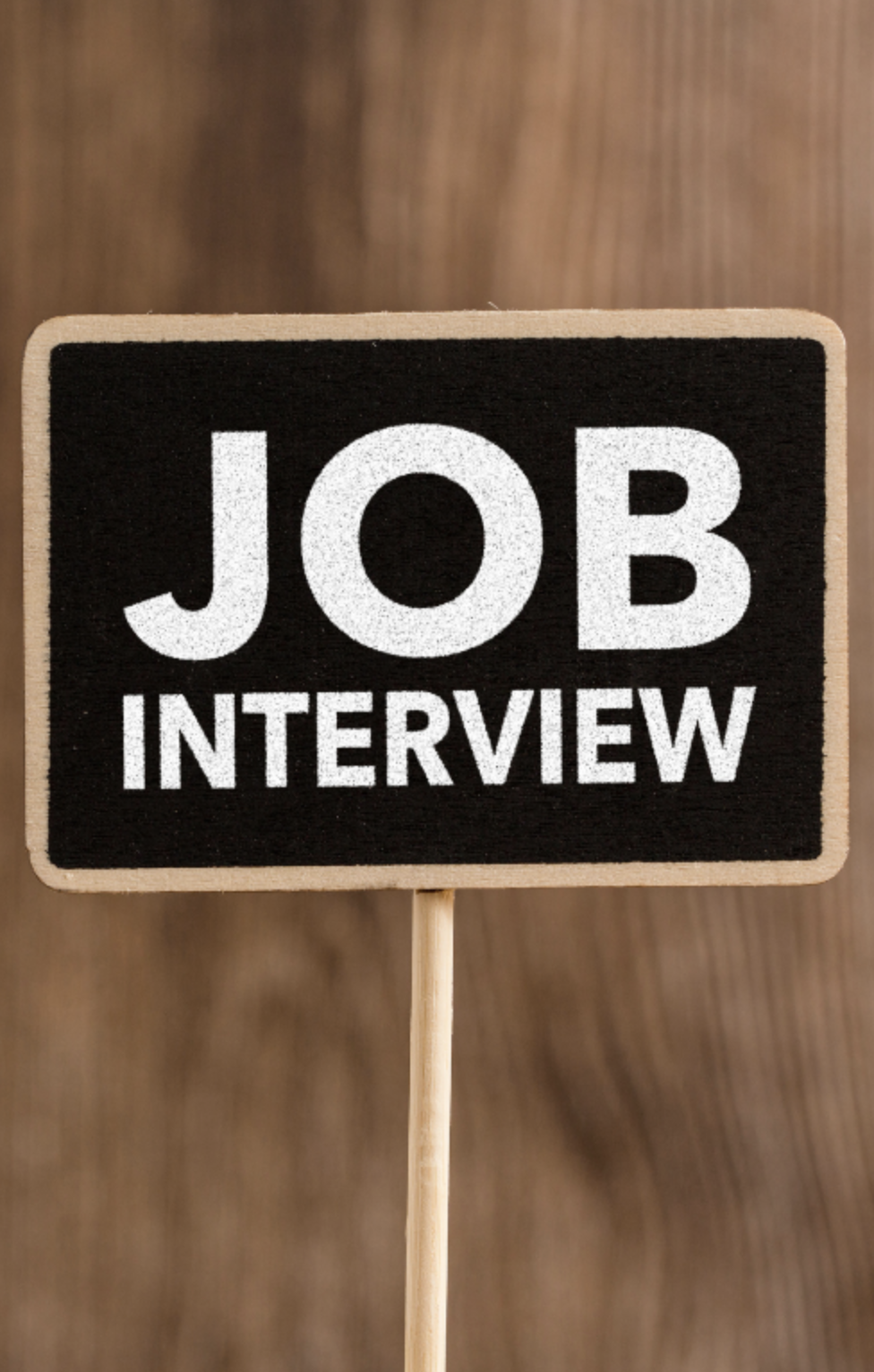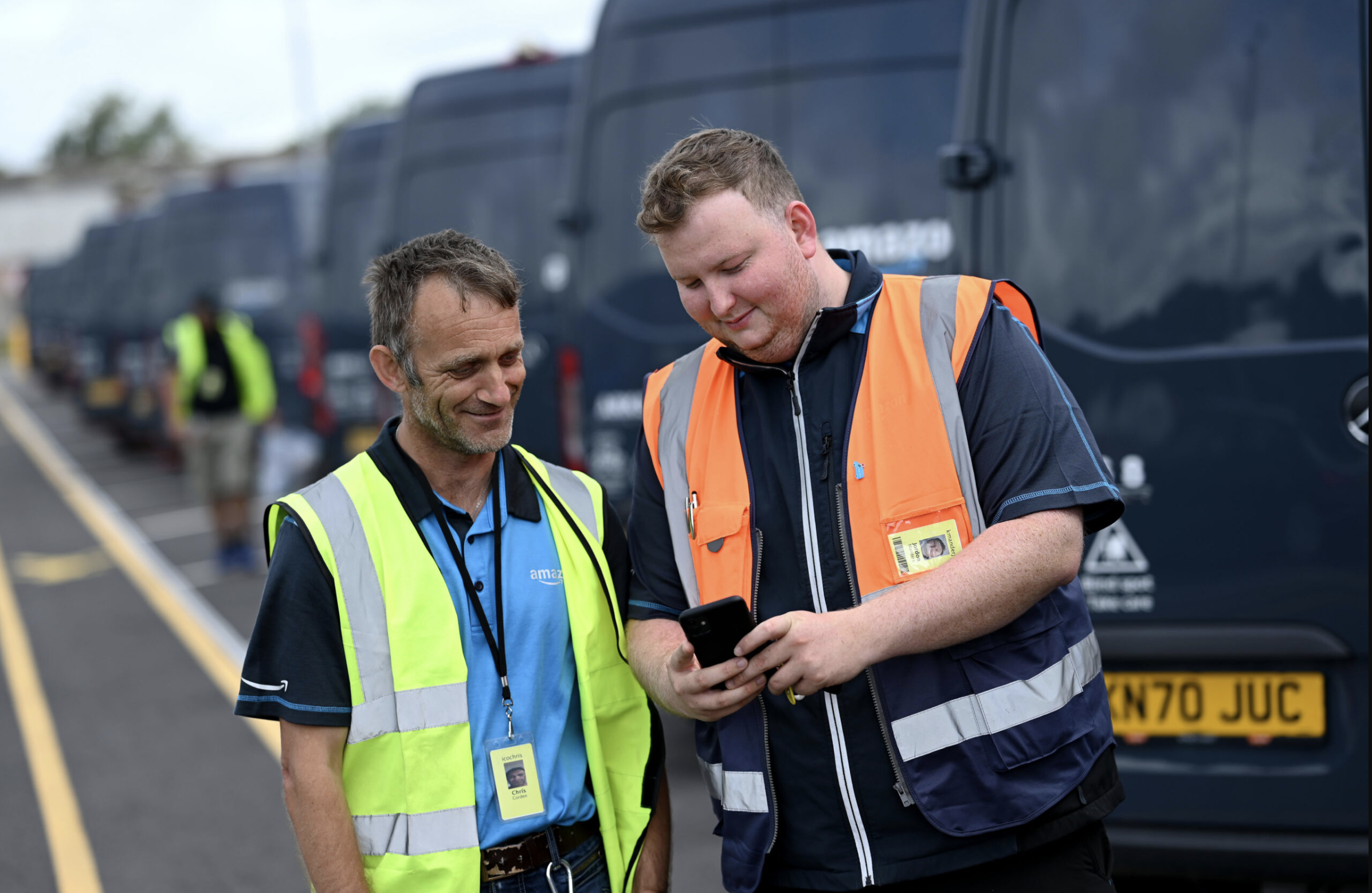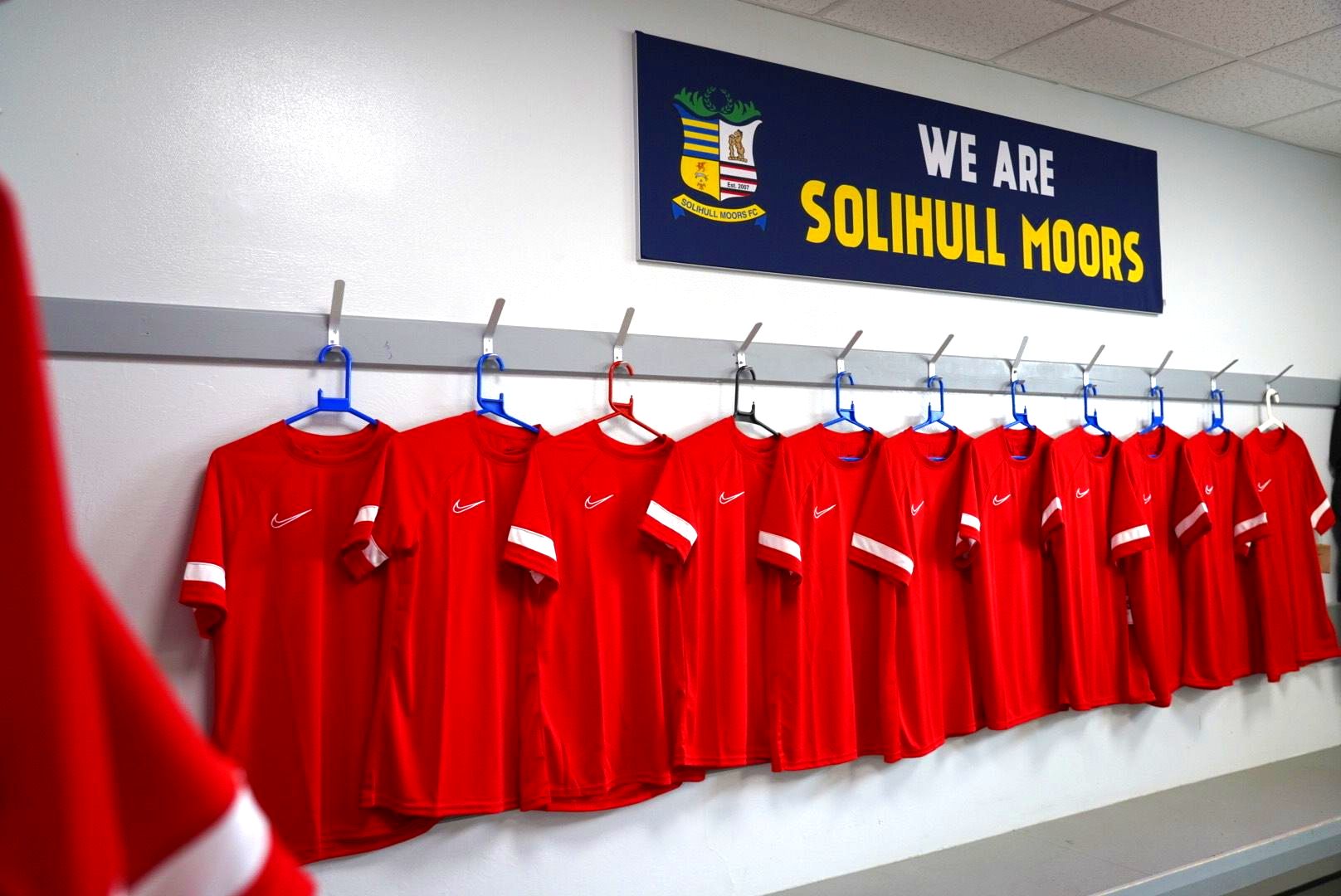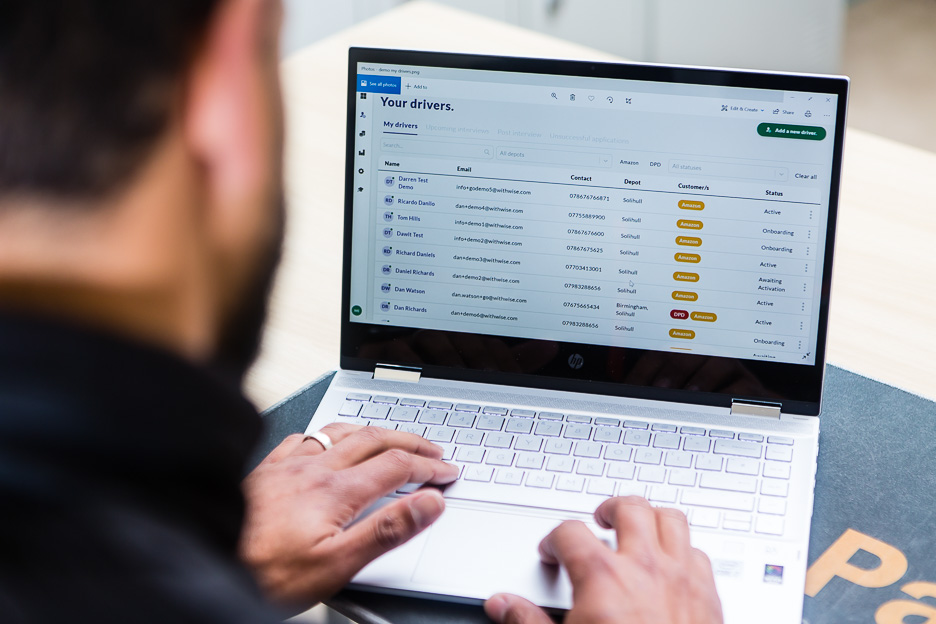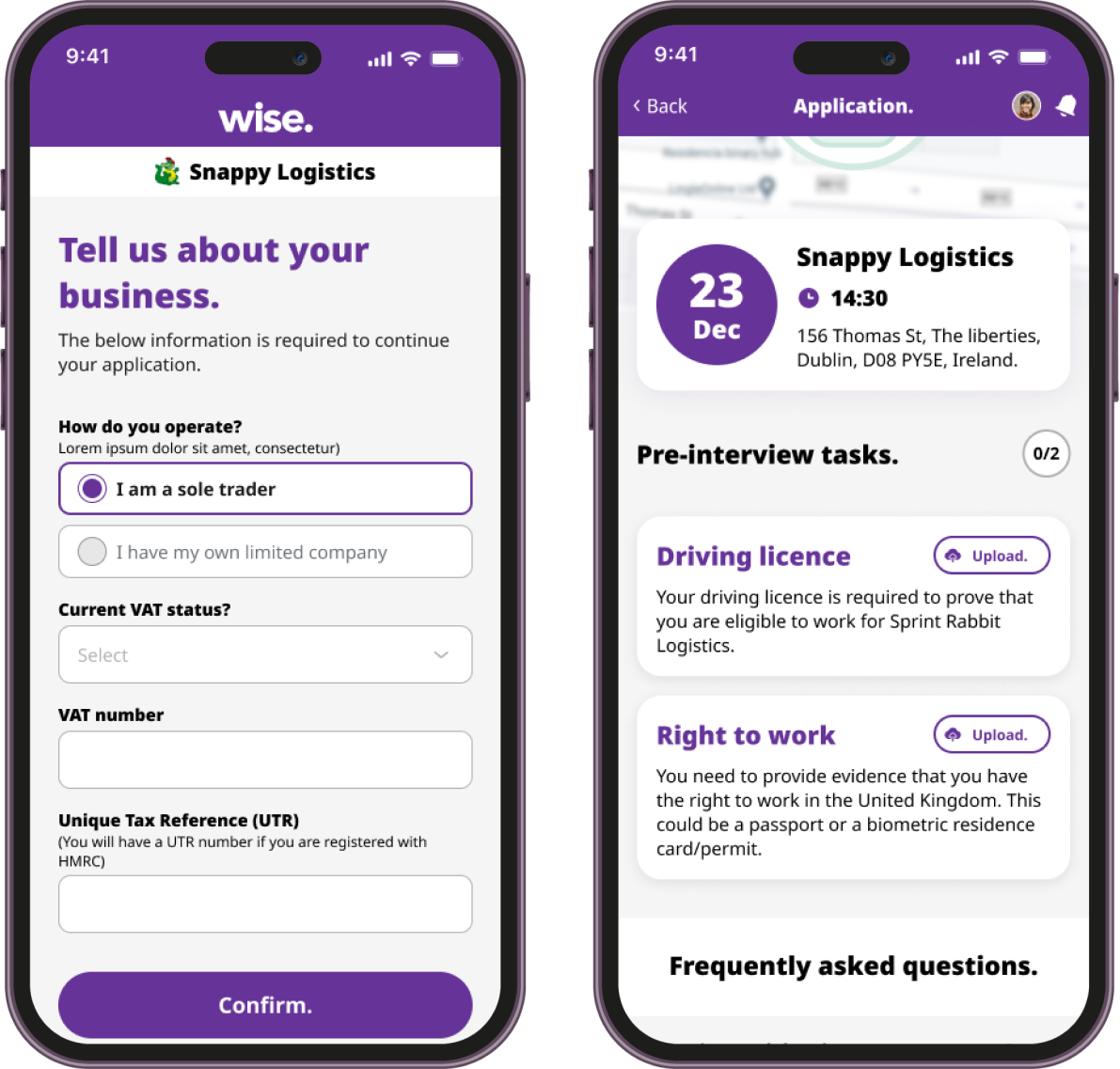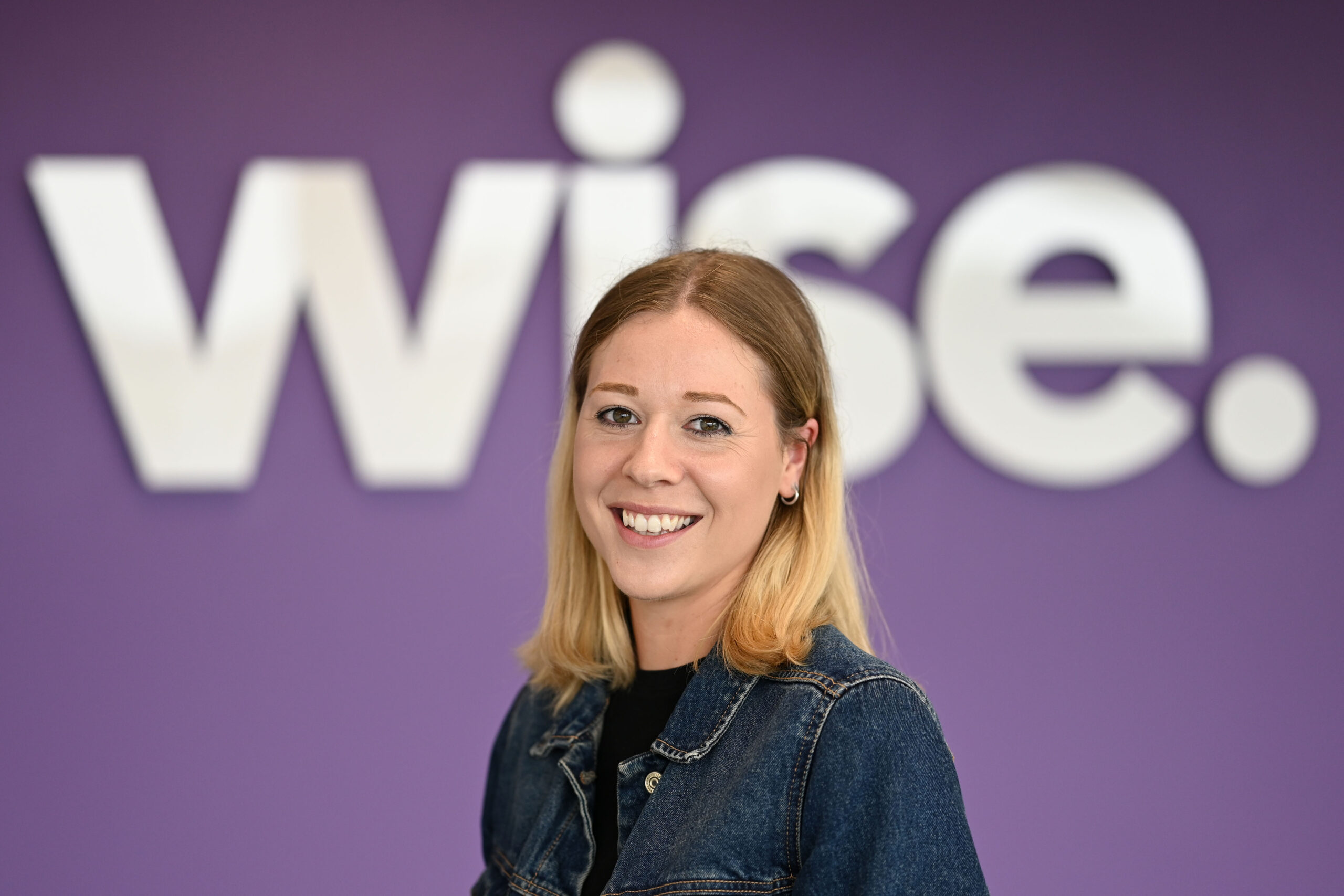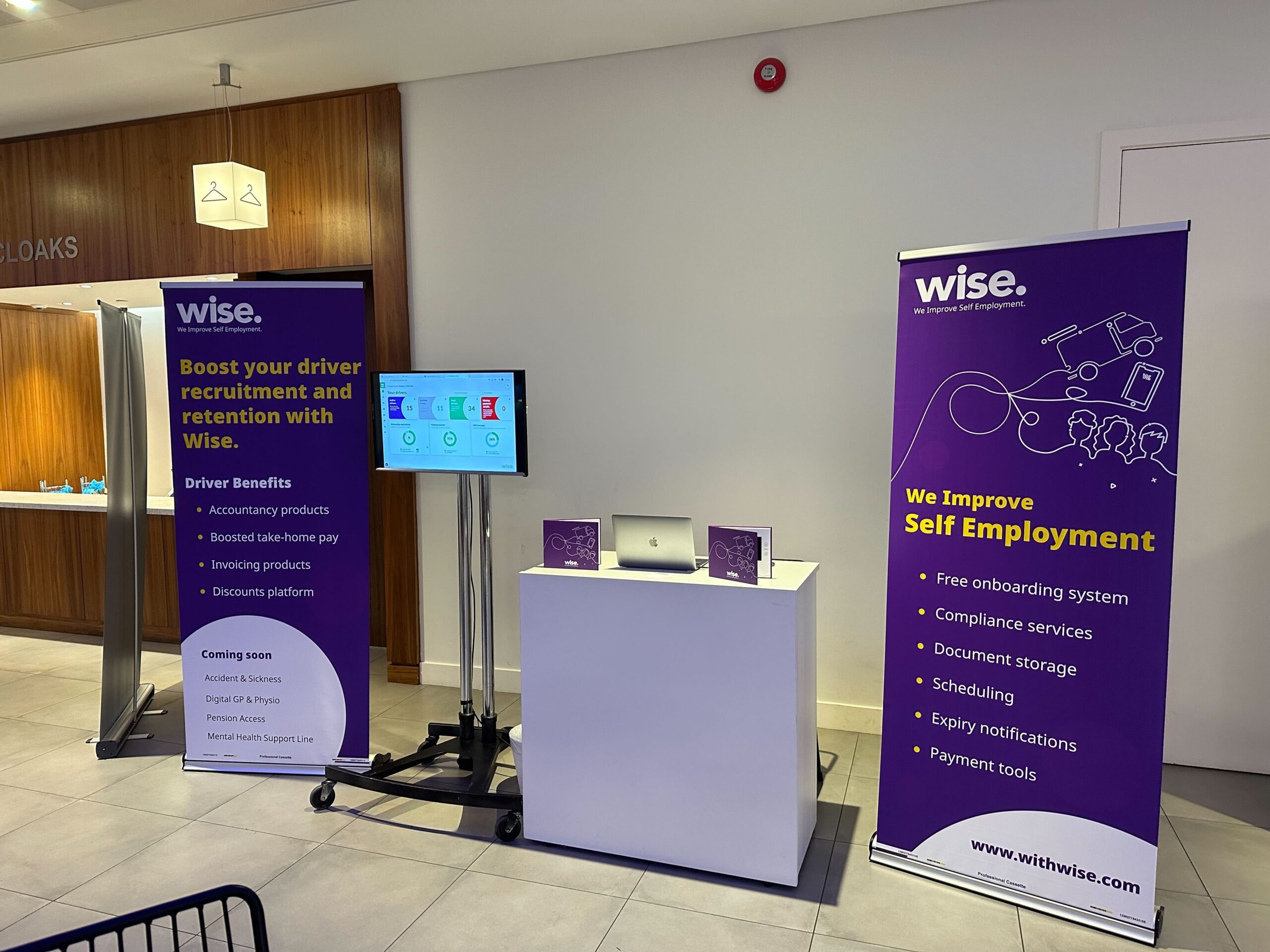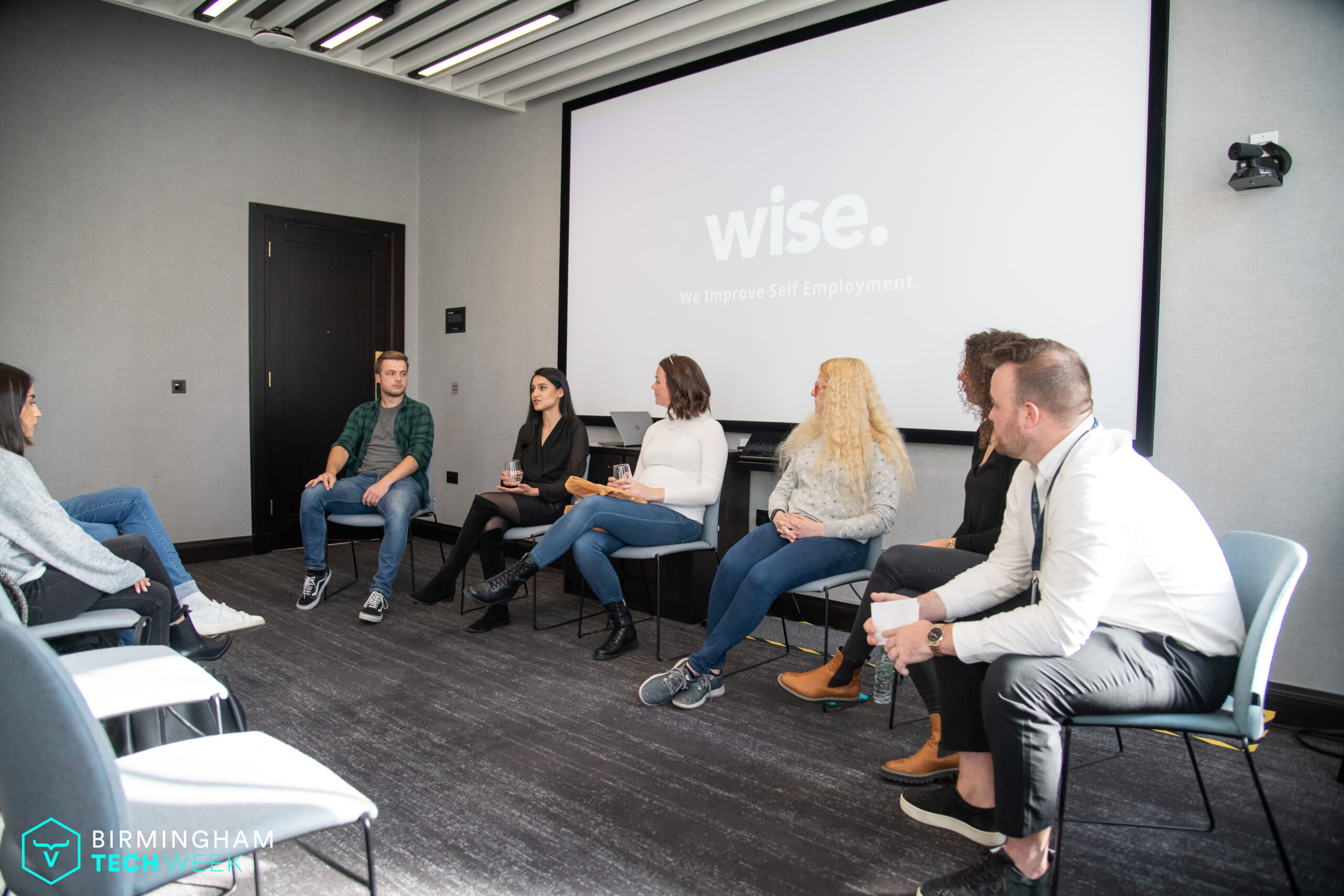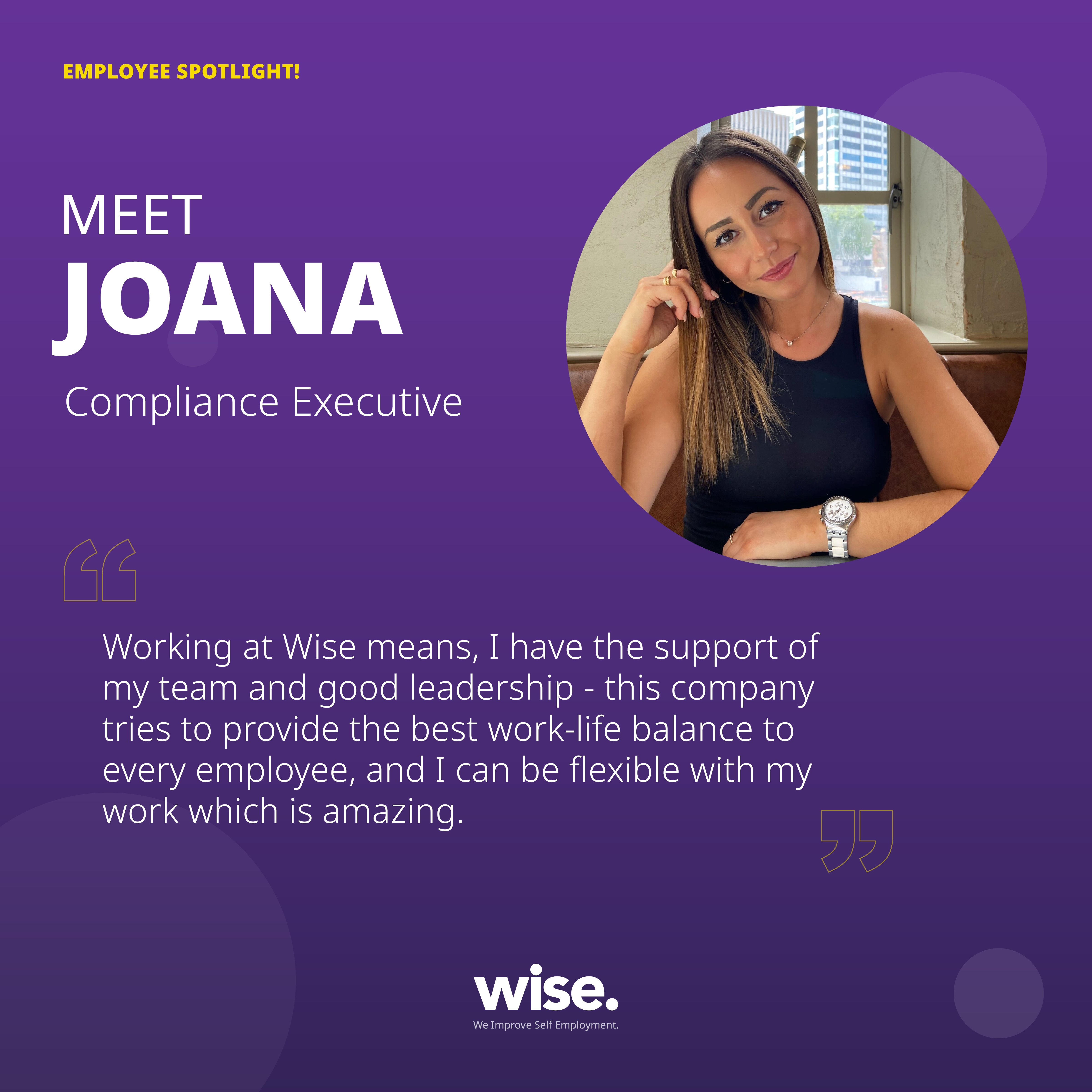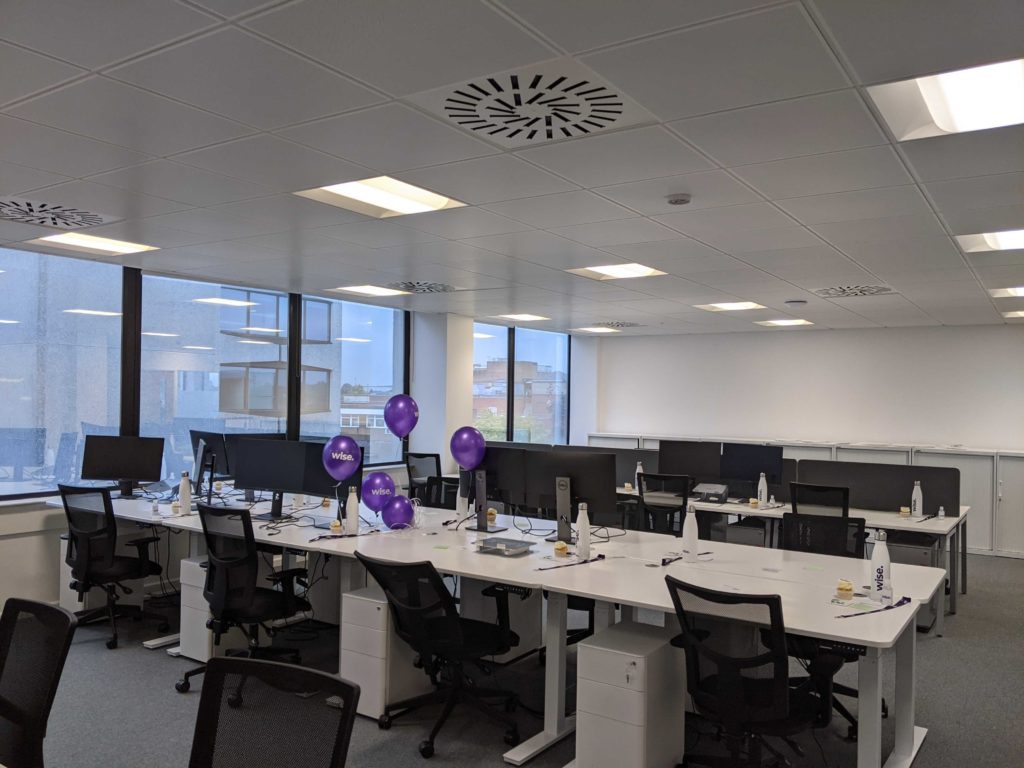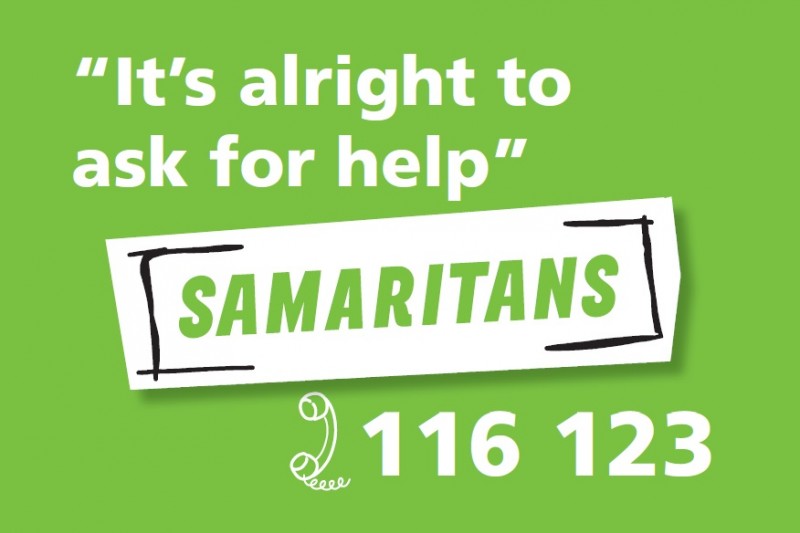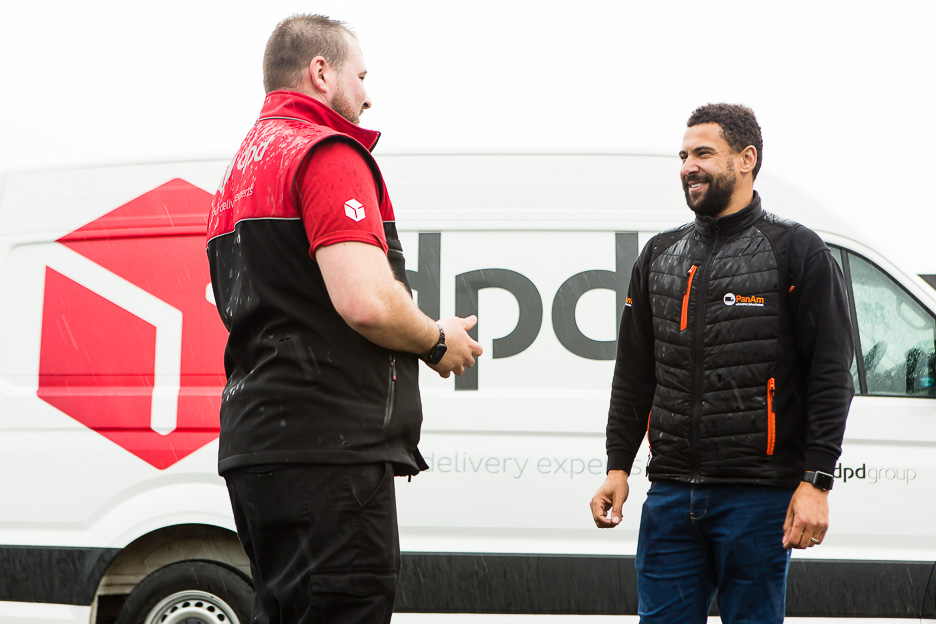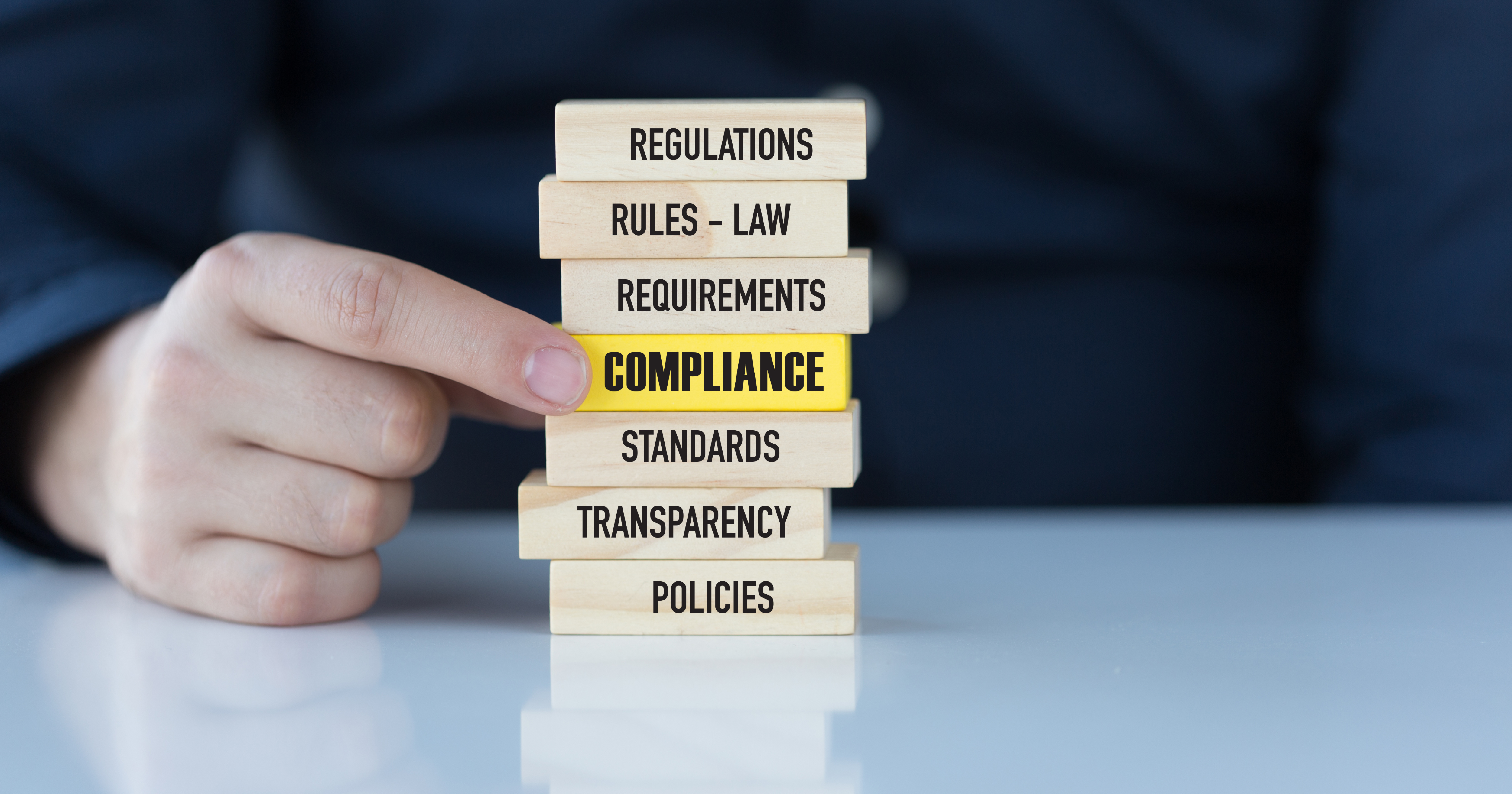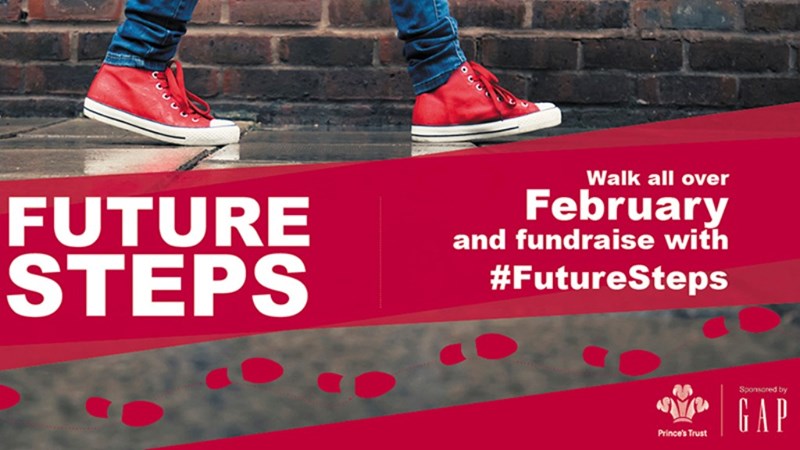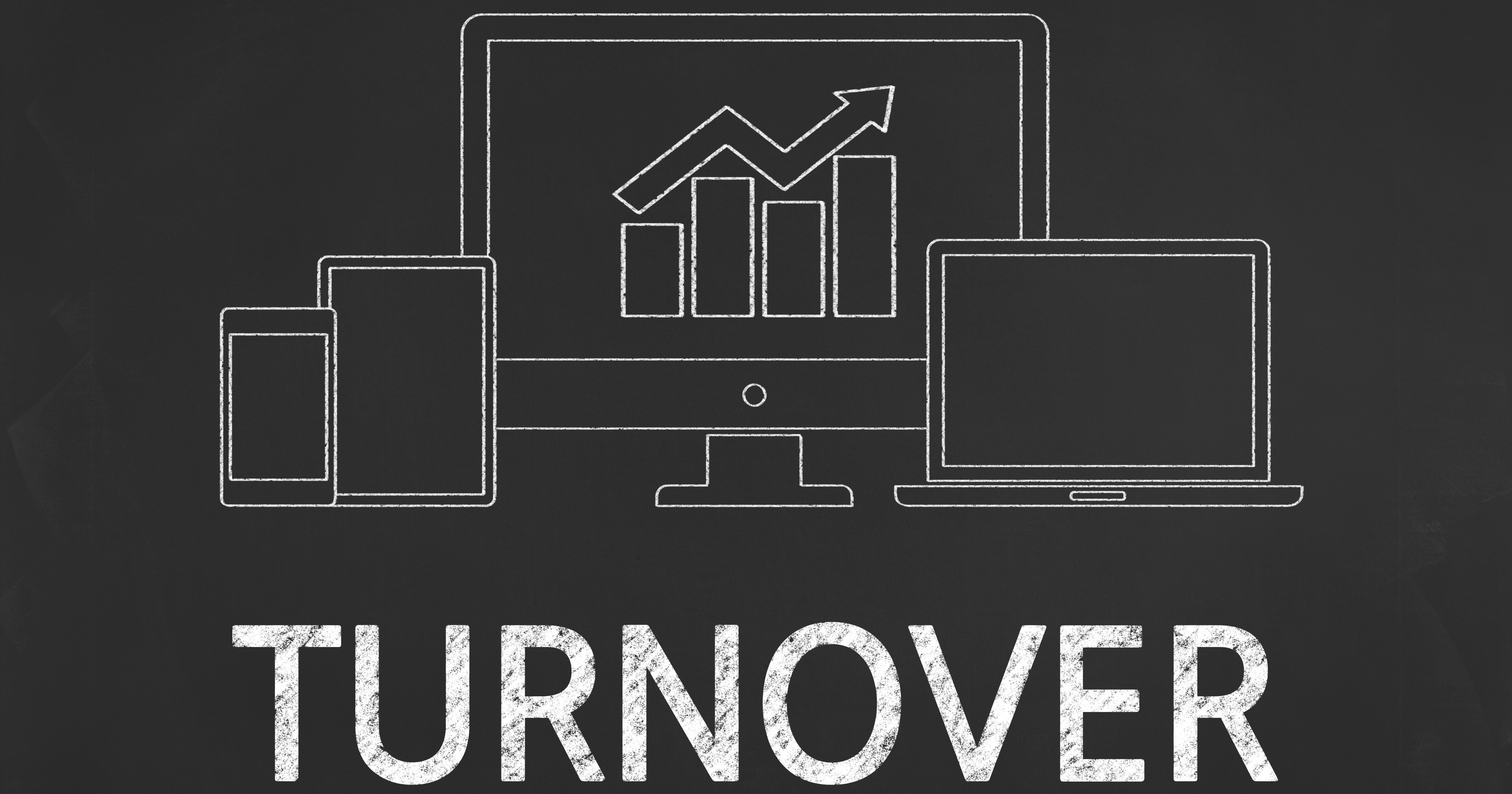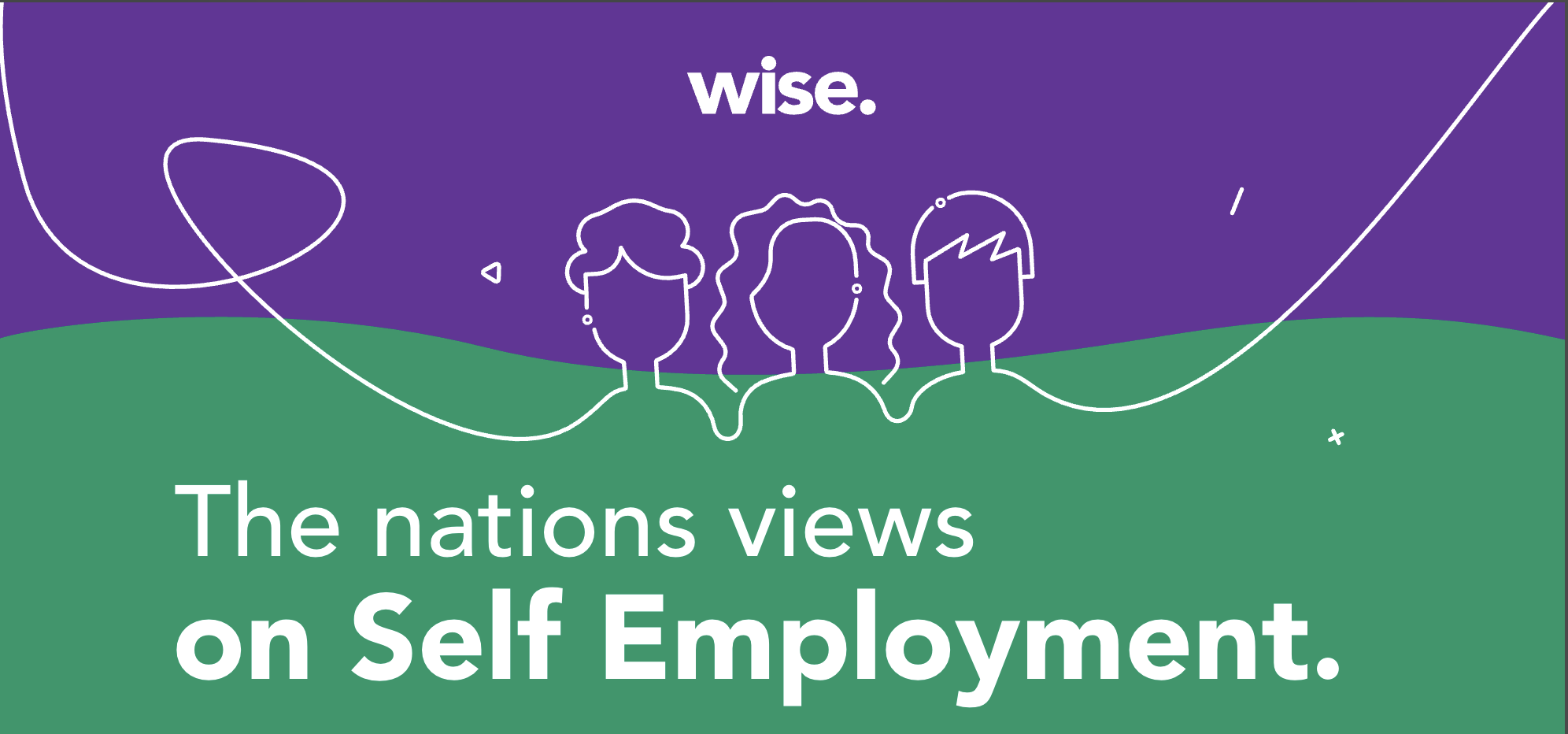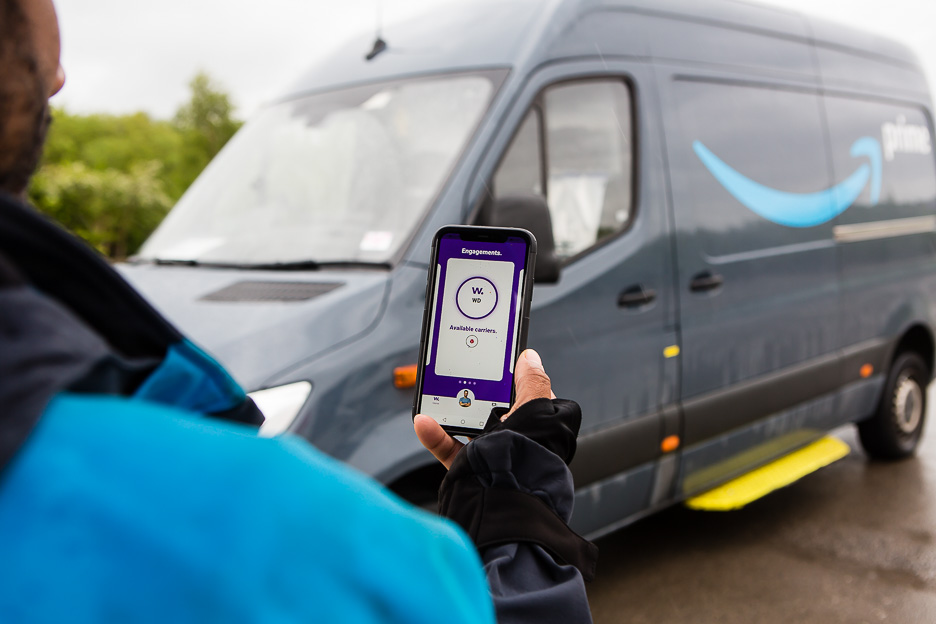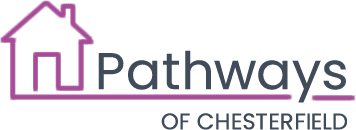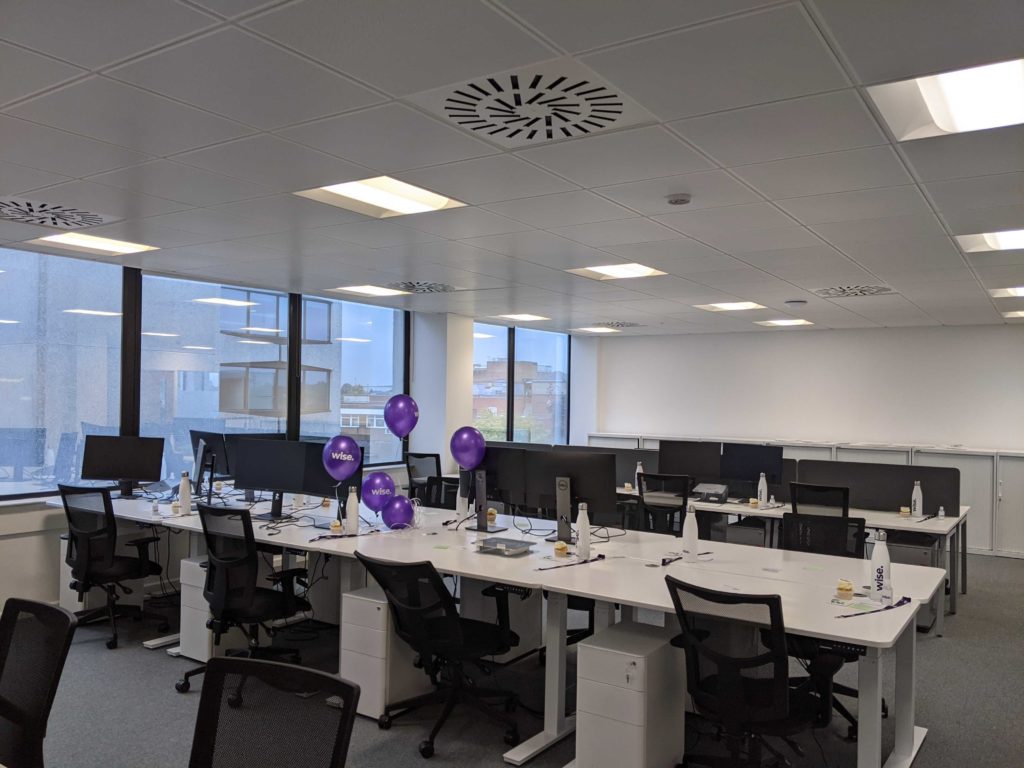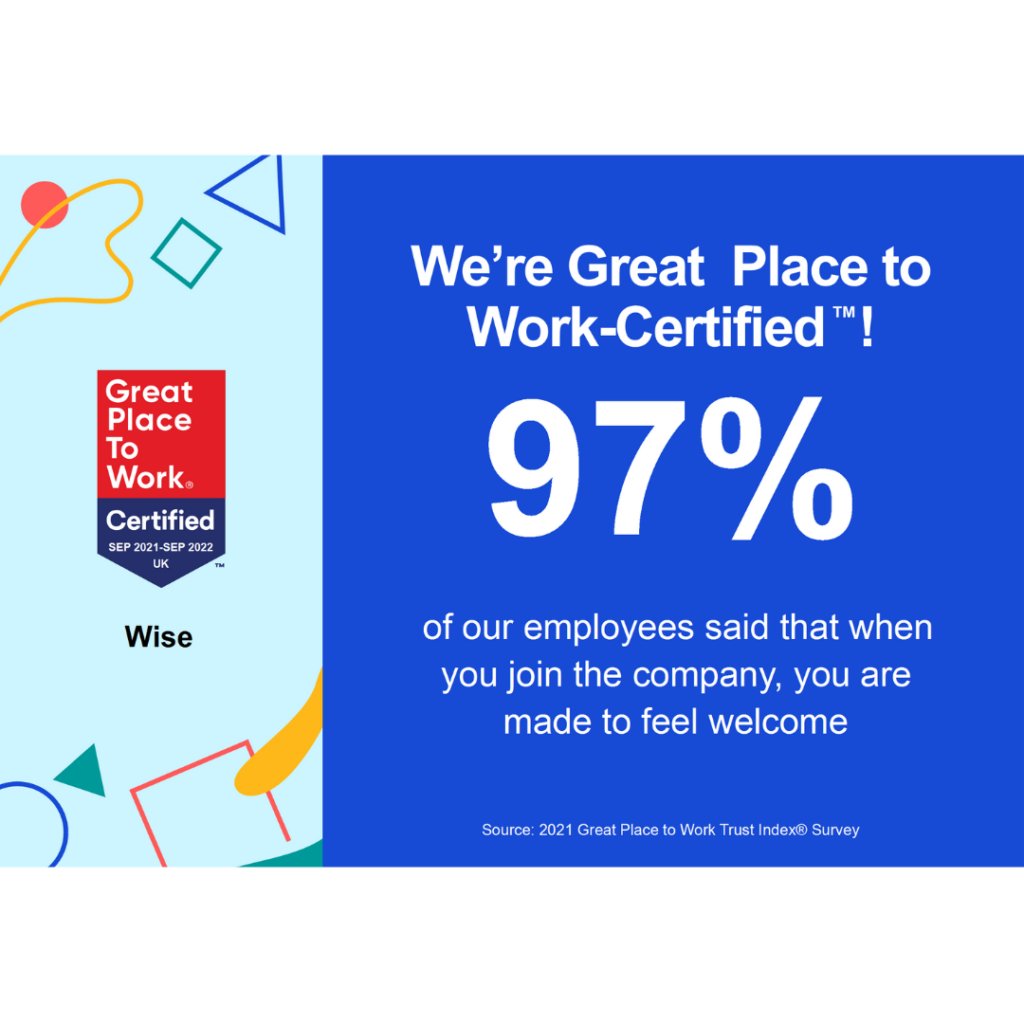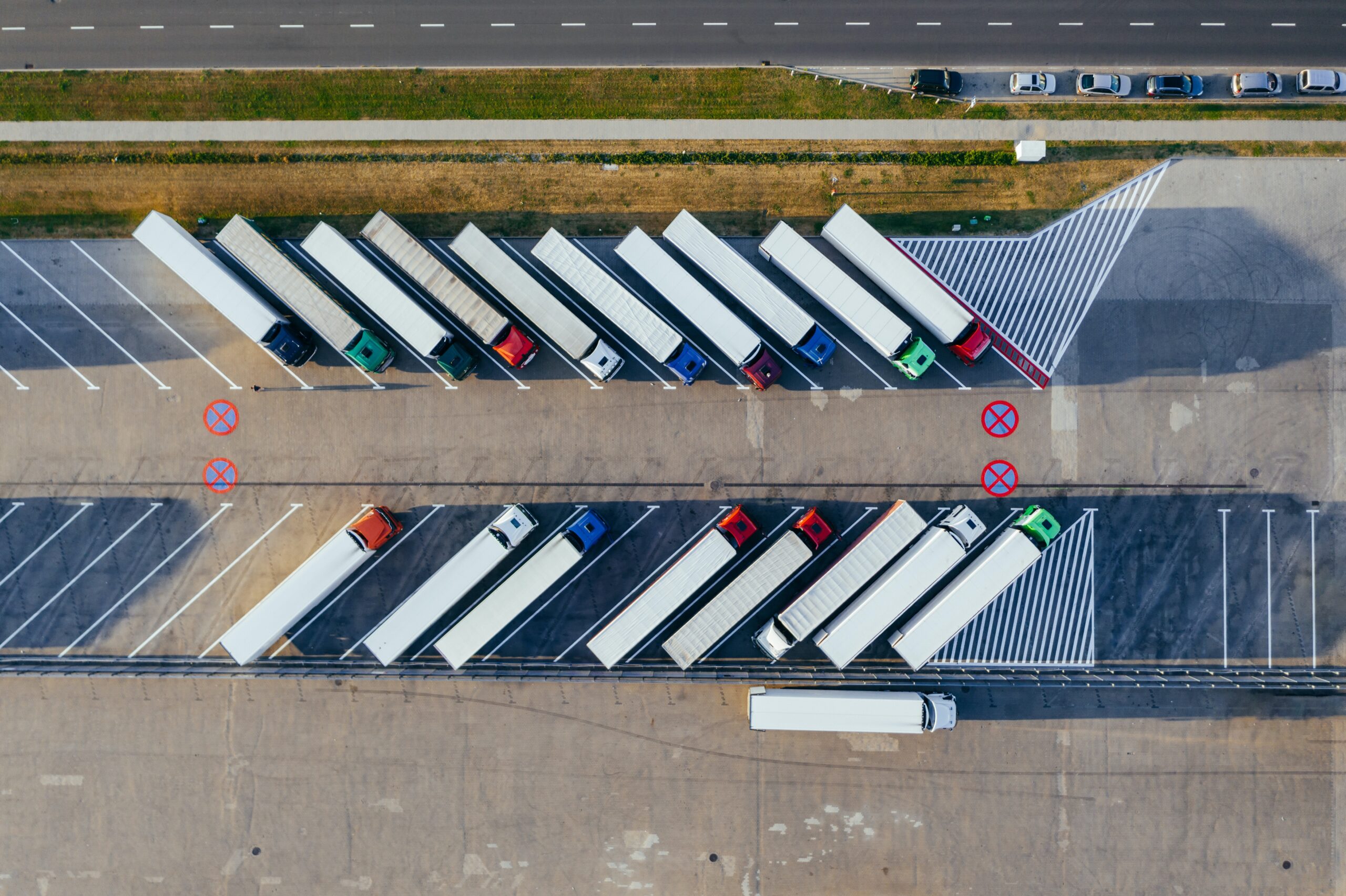Employee onboarding is defined as the process of getting a new employee familiar with the organisations policies, the employees role in the organisation and the organisations culture. It also involves creating a workplace environment where the new employee is made to feel welcome and comfortable enough to interact freely with their colleagues.
An onboarding process should last a year or longer to maximise the employees success. Hence, why it is critical to have a clear and well-thought out plan before new hires come onboard.
What are the benefits of a successful onboarding process?
The purpose of implementing an onboarding process is to give new employees everything they need to start their new role and succeed. Employees who have a good onboarding experience are more engaged and productive.
Onboarding has a big impact on job satisfaction, the more engaged employees are the less likely they are to leave the company. To retain your workforce, provide thorough training and a warm welcome to your business.
Employee onboarding checklist
Once you’ve found your perfect candidate, here’s what to add to your to-do-list to create their onboarding experience.
Before the first day
- Job offer: Send the candidate a job offer letter. Always make sure the salary figure listed is correct, along with other important information.
- Paperwork: once the candidate has accepted the job offer, send over all the important paperwork.
- General information: Share general information on parking and dress code etc. As well as the correct job description that reflects what was discussed in the interview.
- Benefits: Provide the new employee with all the details regarding the benefits available.
- Team welcome: Let the team know that a new member is joining and encourage them to introduce themselves.
The first day
- Manager: Make sure the new employee starts on a day where their manager is present, to stop them feeling lost or confused.
- Tour: Take the employee on a tour of their new workplace.
- Employee handbook: Make sure you give the employee a copy of the employee handbook and cover any areas that are particularly important.
The first week
- Training documents: Create training documents that suit both short and long term learning needs.
- Mentor: Assign an experience member of your team to act as a mentor for the new employee .
- Paperwork follow-up: Meet with the employee to make sure they have completed all their paperwork.
The first three months
- Progress: Check in on how the employee is doing in becoming a member of the team.
- Communication: Dedicate the time to meet with the employee to find out how they’re doing.
Onboarding with Wise
Wise provides innovative technology to companies that use drivers in their day to day operations – to save time, money and grow their business.
Through Wise’s onboarding technology, businesses are able to streamline their workforce and get their drivers out on the road as fast as possible.
The Wise Platform enables businesses to onboard drivers in as little as 10 minutes, through:
- Unlimited document storage – Each document and policy drivers have submitted and signed through their Wise drivers app is stored indefinitely on the Wise Platform, to be accessed whenever needed in instances such as requests from carriers or HMRC.
- Bespoke onboarding – We can customise your user onboarding journeys based on specific requirements your business needs for new recruits, such as defining steps, tasks and documents.
- Set jobs roles and employment journeys – Nearly all business consist of more than one role, whether you work with self-employed or employed drivers, Wise can collect specific evidence specifically for that role
We also have a mobile driver app, where drivers are able to submit and sign documents, policies and contracts digitally – no matter where they are!
We’re here to simplify the onboarding and driver management process. If you’re looking for more information, contact us here.

